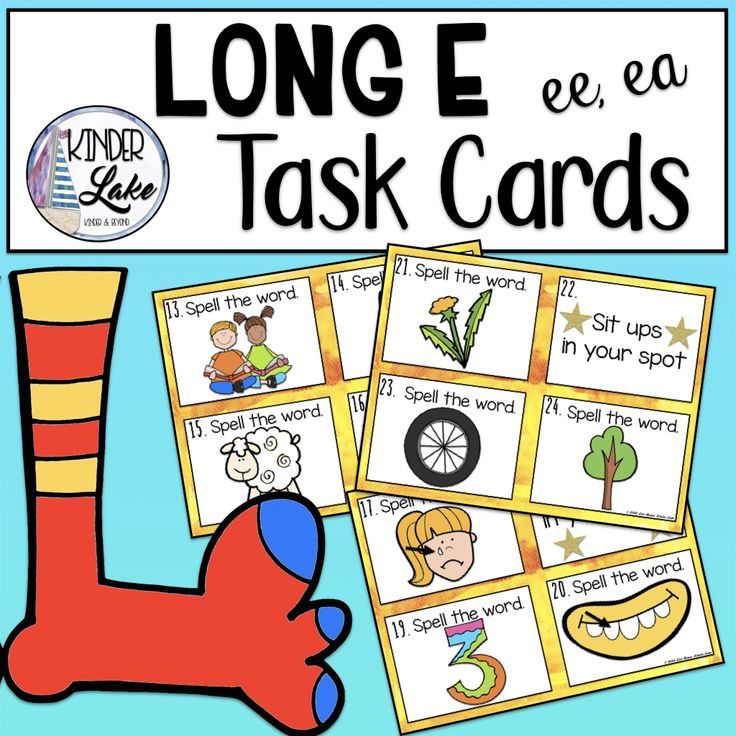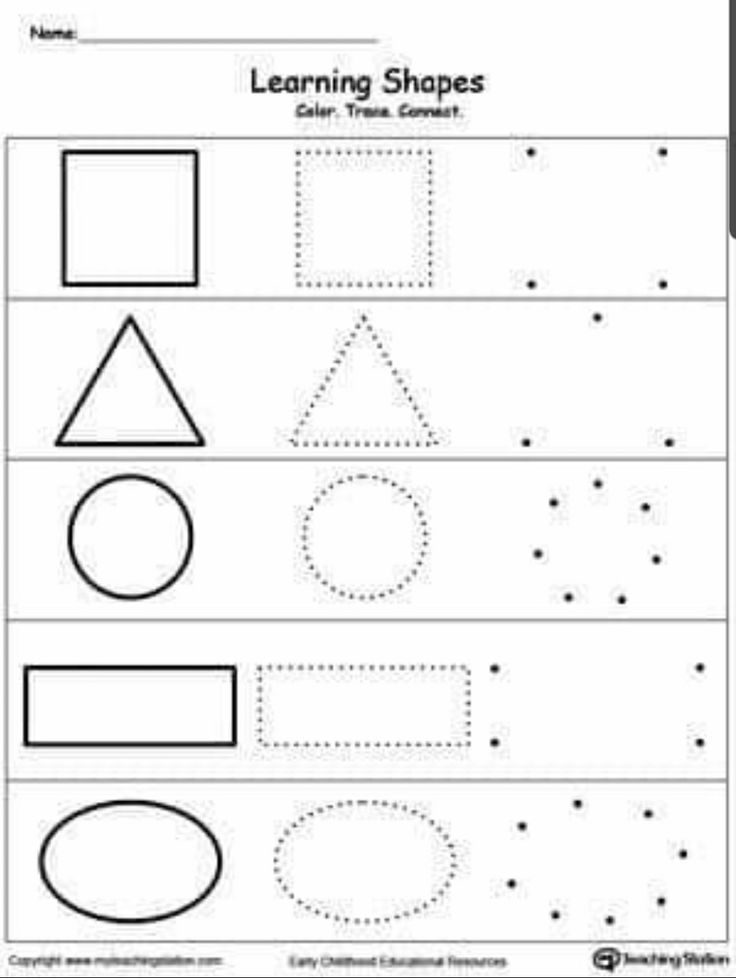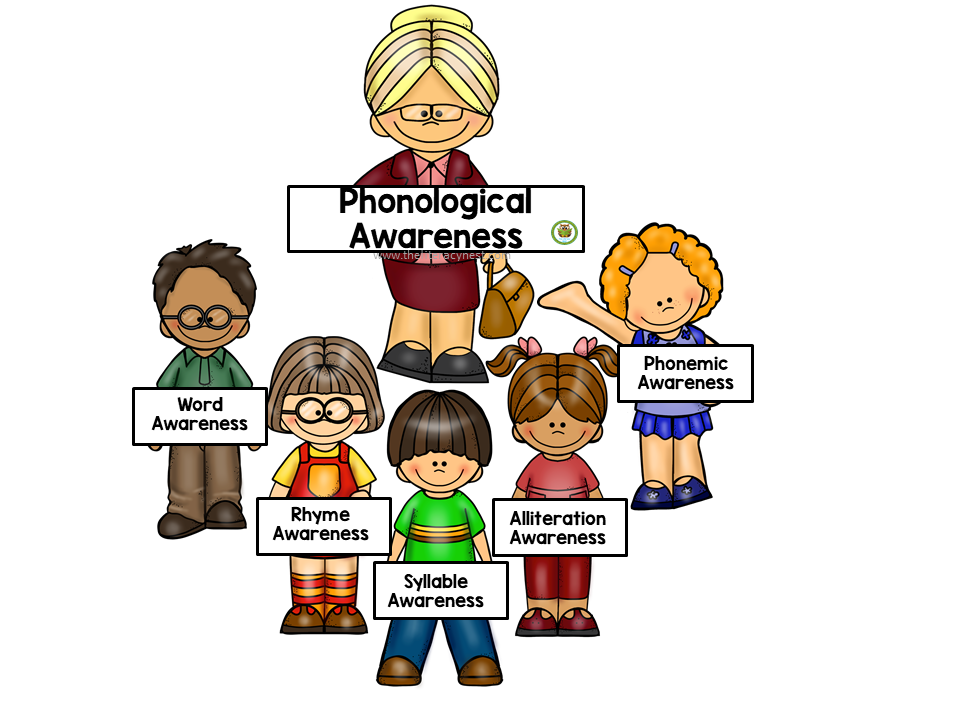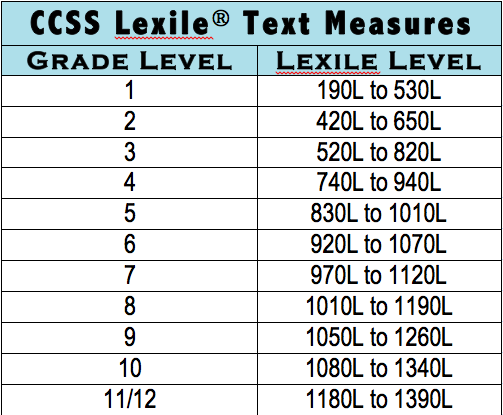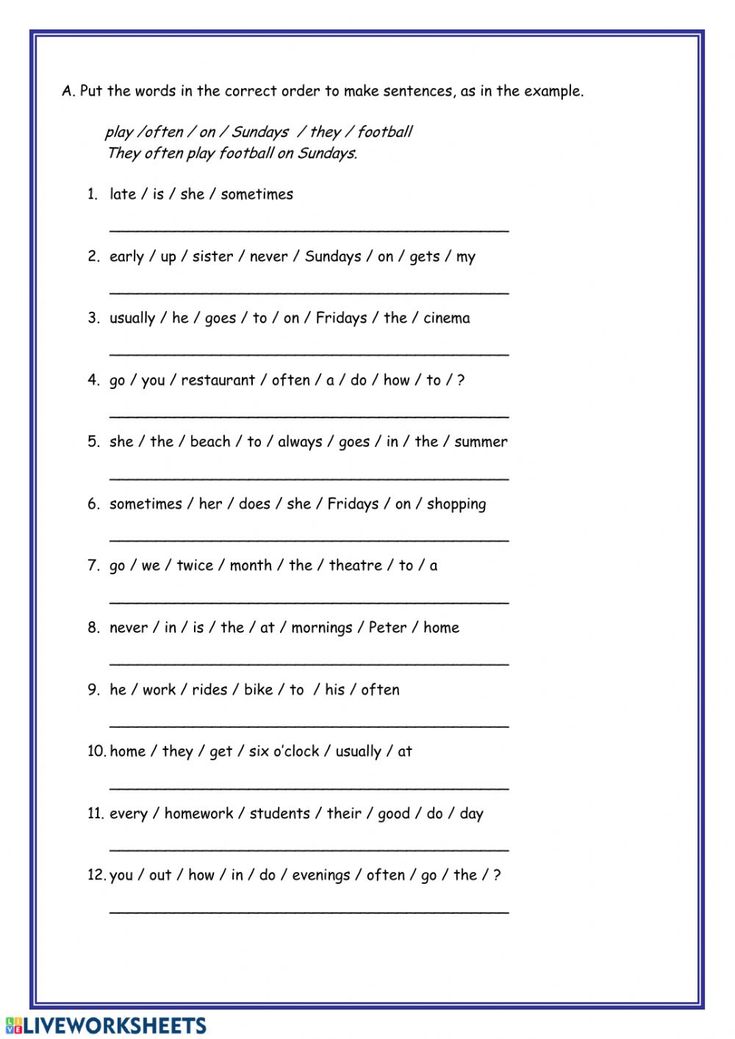Long e activity
Long E Vowel Teams ee ea phonics activities and games
Whew, it’s been a while since I’ve stopped by. I want to share my newest Phonics Friends with you all. Y’all have been begging for this one and the day is finally here! It’s all about long e vowel teams ee ea. If you aren’t familiar with Phonics Friends, you can read about them here.
Alrighty, let’s get started.
LONG E VOWEL TEAMS EE EA PHONICS ACTIVITIES AND GAMES
I want to walk you through the activities for a full week. Before I jump in I wanted to let y’all know that the lesson plans that are included within Phonics Friends are simply a guide…and ideas. You know your classroom and student’s needs best so I always recommend that you use Phonics Friends in a way that works best for you and your students! If that means use it front to back, great….or if that means pick and choose …. then, that is great, too. I understand that everyone’s schedule and allotted phonics time varies so use these how you need 🙂
Here’s a look at the daily components:
The Green Team Phonics Friends are an anchor for Long E Vowel Teams ee ea learning. They can be displayed on the board and referenced to daily during the lesson. The Green Team friends help students remember the ee/ea sound and that the two vowels work together as a team to make the long e sound. Really play it up when you introduce the friends and sound…paint your face green, bring in a basketball (or two), some basketball gear, say EEEEEE, and get super excited.
Word Cards and Phonemic Awareness Warm Ups can also used daily during the ee/ea lessons. The Word Cards can be displayed in an anchor chart or on a whiteboard by placing magnetic tape to the back. The Phonemic Awareness cards can be attached to a metal ring and hung on an easel, board, or wherever you will be completing you whole group lessons at. There is a different focus each day with the Phonemic Awareness cards. They are: sound isolation, blend phonemes, segment phonemes, phoneme manipulation, and phoneme deletion.
Ok, let’s look at the components for each day.
Day 1:
Sound Sort: I love these sorting cards. These are great for discussing where we hear the ee/ea sound and where we do not hear that sound.
Green Team Sort is an independent follow up activity to the pocket chart sound sort. Students complete the sort by listening to if the picture/word has the “ee/ea” sound or not. Then, they sort the picture into the correct basket.
Puzzle Cards are a Word Work activity. I like to call day 1 Word Work “Make it Monday”. Students work with their station partner(s) to make the ee/ea words.
These Sound Bracelets are a Home Connection activity for students to take home and show off their learning with their parent(s)/guardian(s).
Day 2:
Green Sounds is an activity where students segment the word that is called out into the boxes. They can use a manipulative (pompoms) for each sound or use a wipe off marker and spell the word in the boxes.
Heads or Tails is a partner game. Students take turns flipping a coin to spell a word next to the pictures. For example: Michelle flips the coin, lands on heads, and chooses a picture to spell. Then, Cody flips a coin. If he lands on tails…he will spell a word on his side….if he lands on heads, then Michelle will spell a word.
Students take turns flipping a coin to spell a word next to the pictures. For example: Michelle flips the coin, lands on heads, and chooses a picture to spell. Then, Cody flips a coin. If he lands on tails…he will spell a word on his side….if he lands on heads, then Michelle will spell a word.
Day 2 Word Work is called “Build it Tuesday” so students build the words on the mat.
Spin and Build is a home connection activity. This could also be an independent activity if you do not use homework in your classroom.
Table Races were a staple in my first grade classroom. We did them ALL THE TIME and year after year my students always loved them. We always played them in table groups. For this one, the teacher calls out a word and students spell the word on their tables with a wipe off marker. When the teacher says, “GREEN TEAM”, students put their markers down. The first table to spell the word correctly (and first) wins that round and gets a table point!
Roll and Color is an independent activity where students roll a die, find a picture that matches what they rolled, and color the correct spelling for the picture.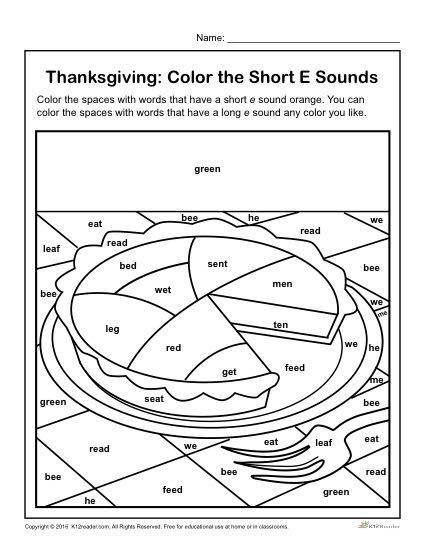
Day 3 is “Write it Wednesday” for Word Work. This is a Write the Room activity that covers a plethora of ee/ea skills.
Trace, Write, and Matchis a home connection activity, but again this could be used as an independent activity if needed.
Day 4:
Tic-Tac-Read is one of my very favorite phonics activities. This is played just like Tic-Tac-Toe except that students flip a word card over and cover the matching picture with their game piece. 3 in a row wins! Simple and engaging!
What’s That Word is an independent matching activity that can be used in a phonics notebook or glued to a piece of paper.
Day 4 Word Work is called “Thinking Thursday“. Students work with a partner to spin and find the picture that matches the word they spun. 4 in a row wins!
Smash and Match is a home connection activity. Students match the picture to the word and sound out the word by smashing play dough.
Day 5:
GREEN TEAM is such a fun interactive game.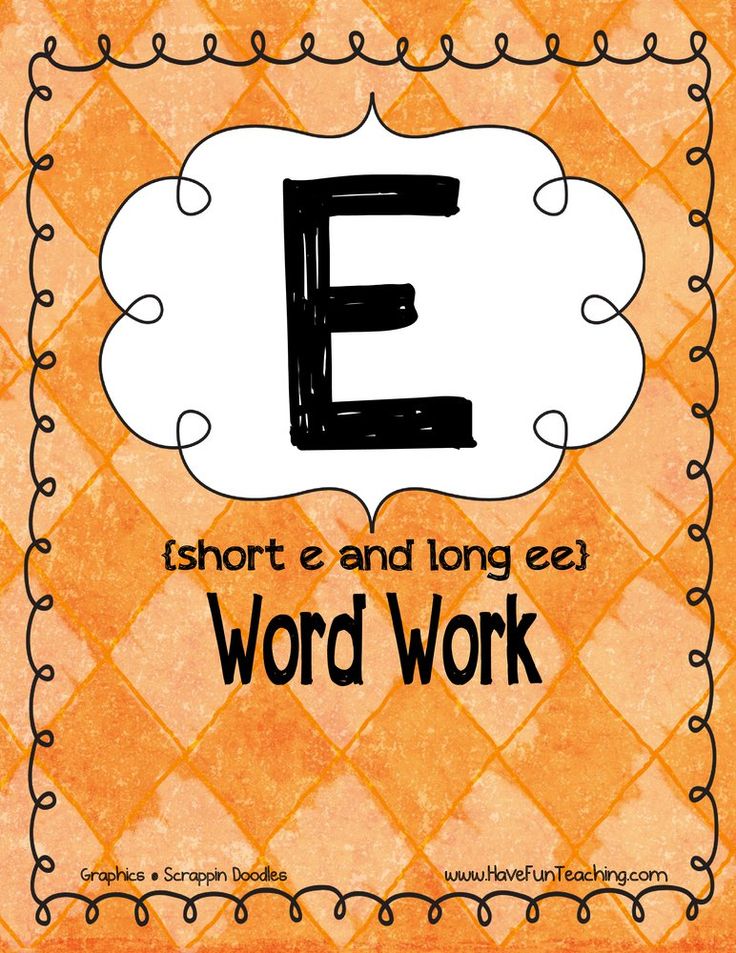 Each student gets a game card. The teacher turns the music on and students mingle around the room trading cards. They have to read the word on the card as they trade. When the music stops, the student(s) with the GREEN TEAM card wins that round. This is a perfect game for fluency!
Each student gets a game card. The teacher turns the music on and students mingle around the room trading cards. They have to read the word on the card as they trade. When the music stops, the student(s) with the GREEN TEAM card wins that round. This is a perfect game for fluency!
To wrap the week up, students can take a Spell Check!
Day 5 Word Work is “Fun Friday” and these word dominos are just that. FUN!
And on the last day, students can take home a Sound Master Award to celebrate their hard work all week.
There you have it. Long E Vowel Teams activities and games! You can find all of the activities (plus lesson plans) here.
Here are a few other Long E Vowel Team resources that you might like:
Vowel Pairs Interactive Books// Interactive Books Bundle
Vowel Pair STEM Sound Kit // STEM Sound Kit Bundle
Vowel Pair Interactive Decoding Strips // Decoding Strips Bundle
Long Vowel Puzzle Mats // Puzzle Mats Bundle
How To Teach Long E Words
Sharing is caring!
- Share
- Tweet
Long e words are quite tricky to teach because there are so many different ways to spell the long e sound and there aren’t any rules or generalizations.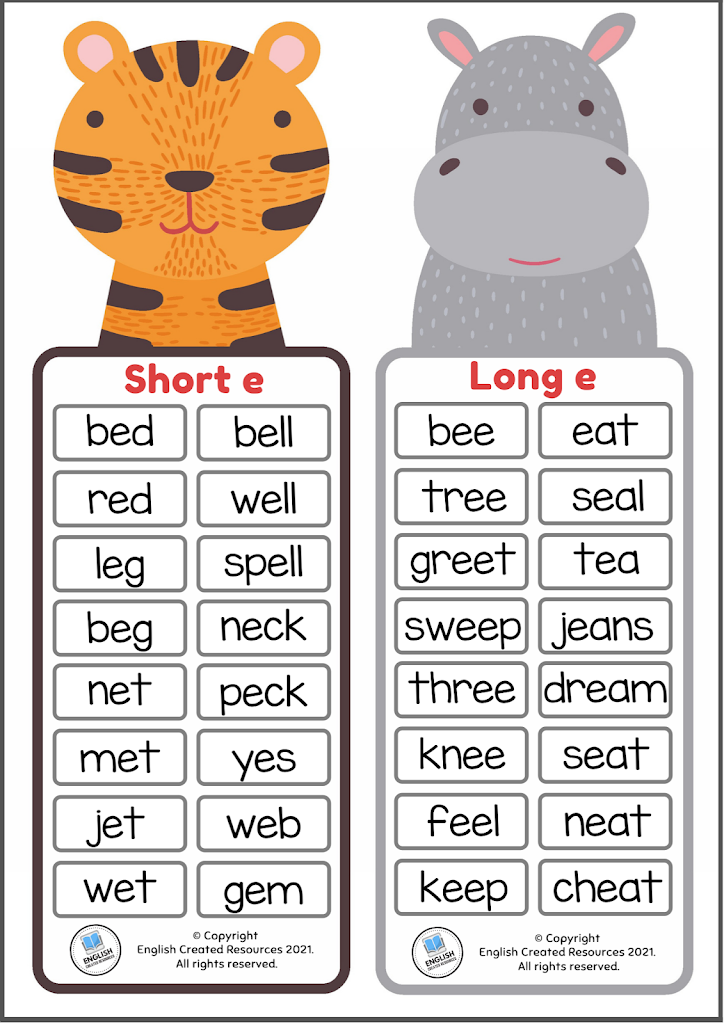 With long e spellings, students must practice and be exposed to the words until they have mastered them. I’m going to break down each of the eight ways to spell the long e sound to help you understand and teach long e to your students.
With long e spellings, students must practice and be exposed to the words until they have mastered them. I’m going to break down each of the eight ways to spell the long e sound to help you understand and teach long e to your students.
Looking for a long e word list? You can download the list pictured by signing up below. If you don’t see the signup form, click here.
Eight Ways To Spell Long E
The long e sound can be represented by 8 different spelling patterns:
- e – be
- e_e – eve
- ee – meet
- ea – beach
- ei – protein
- ie – piece
- ey – key
- y – candy
The majority of these are vowel teams, so students should already know the open, silent e, and vowel team syllables. Students should also be able to find the base word, as some of these rules apply to the base word even if it has a suffix.
Spelling Generalizations for Long E
E alone
At the end of an open syllable, e makes the long e sound (says its name) and this is the most common way of spelling the long e sound.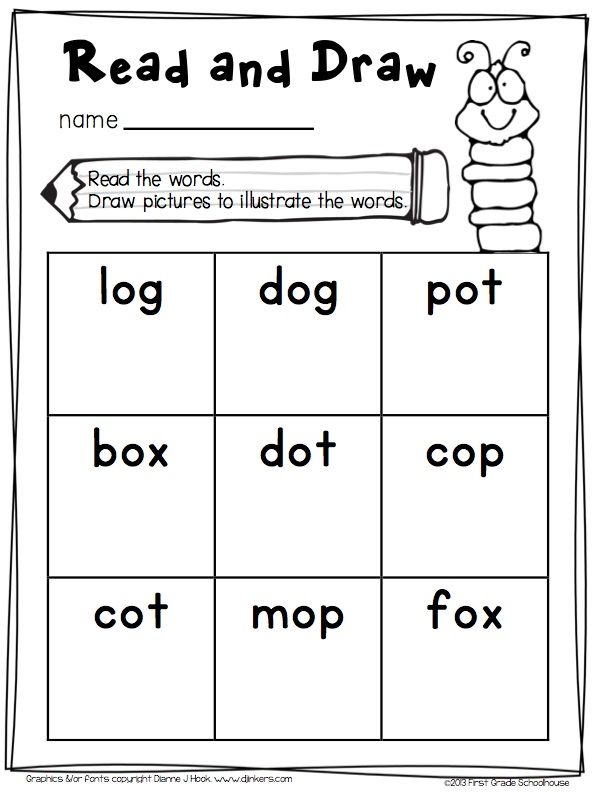 Some examples include be, even, and veto. Sometimes ee or ea are used at the end of a word (tea) so it’s not a rule that the long e sound at the end of a syllable is always spelled with just e. Students must understand how to split words into syllables and know what open syllables are.
Some examples include be, even, and veto. Sometimes ee or ea are used at the end of a word (tea) so it’s not a rule that the long e sound at the end of a syllable is always spelled with just e. Students must understand how to split words into syllables and know what open syllables are.
E_E Spelling Pattern
The e silent e spelling pattern is actually not that common. This one is usually in the middle of a base word. Examples include eve, delete, and extreme. Of course, students should be confident with the magic e syllable.
EE and EA Vowel Teams
EE and EA sometimes spell the long e sound in the beginning, middle, or end of a base word. Neither one is more common, so these will simply have to be memorized.
One trick is to use a guide word with each spelling when introducing these. So you would introduce ee with the word tree, and ea with the word meat. Then when your students ask which spelling to use for a long e word, you can say ‘/ee/ like tree/meat’.
Then when your students ask which spelling to use for a long e word, you can say ‘/ee/ like tree/meat’.
Some teachers also group them as wet/meal words (ea) and nature words (ee).
Y
Y usually spells the long e sound at the end of a word when it follows a consonant and the word has more than one syllable. This spelling of long e is actually the most common. Examples include heavy and baby. It also makes the long e sound when it comes before another vowel, as in the word embryo.
IE, EI, and EY Vowel Teams
These are the least common ways to spell the long e sound.
The long e sound spelled ie is often preceded and followed by consonants. It’s usually in the middle of the word but can be at the end. Examples include brief, relief, and rookie.
The long e sound spelled ey is usually at the end of a base word. Examples include valley and monkey.
The ei spelling of long e is the least common. Examples include seize and protein.
Tips For Teaching The Long E Sound
When you start teaching long e, you really have to focus on repeated exposure, lots of practice, and homophones. Teach one spelling pattern at a time, and once one is mastered you can add in another. It’s much easier to learn how to read these than to learn how to spell. Since they all sound the same and can appear in the same place, choosing the right spelling pattern can be tricky.
Use guide words to help students decide on the spelling pattern.
This will still require you cueing them but at least you’re not providing the answer without them thinking about it.
Decide on a guide word for each spelling pattern. This will be the word you cue your students with when they are not sure how to spell a word with the long e sound.
For example, use the word tree for long e spelled ee, meat for long e spelled ea, chief for long e spelled ie, and baby for long e spelled y.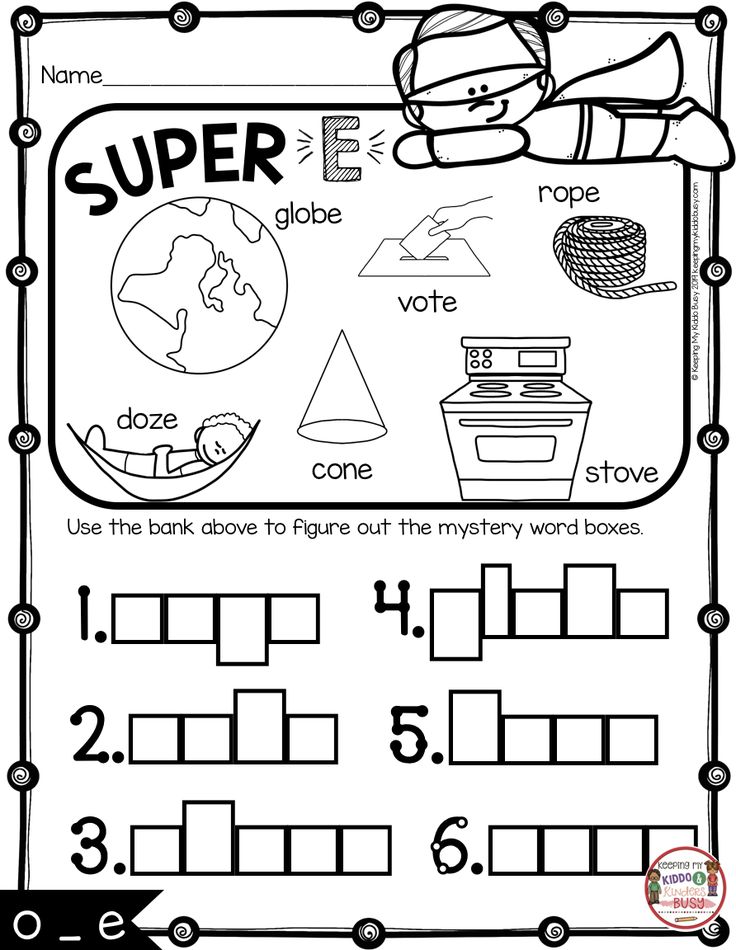 When students ask which spelling to use, you say ‘long e like in the word baby’ or whichever word has the correct spelling.
When students ask which spelling to use, you say ‘long e like in the word baby’ or whichever word has the correct spelling.
Students should still first break the word into its syllables, and try to eliminate some spelling options. So for example, if they are trying to spell the word begin, they should know it won’t be with ey or y because those appear at the end of a base word. If they still ask, you can cue them with something like ‘it’s the end of a syllable so what do you think can go there?’ Guide them to choosing the correct spelling pattern.
Also, because there are multiple options expect students to get them wrong sometimes, and tell them this! It’s ok if they make mistakes as long as it’s another valid spelling option and not something that doesn’t follow any rules. Through repeated exposure and practice they will eventually internalize the correct spelling pattern for words.
Lots of practice and repeated exposure are the name of the game with the long e sound.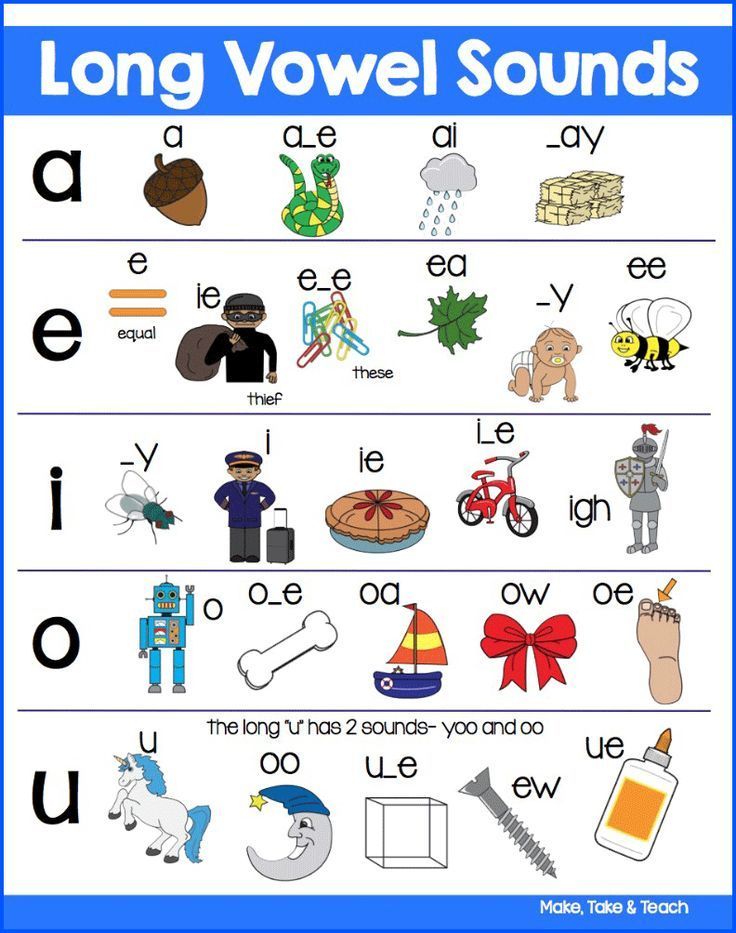 Do a variety of activities repeating the words as many times as you can.
Do a variety of activities repeating the words as many times as you can.
Long E Words Activities & Lesson Ideas
Phoneme Grapheme Mapping – This is a great activity that really isolates the phonograms for students to practice. You can get the Phonics & Spelling Through Grapheme Mapping book and follow the long e lesson, or use my long e word list to do the same activity using sound boxes. See below for an example.
Create short stories to help anchor the spelling patterns. – Group similar words together and create a short story using them to help students remember them. This is similar to the ee and ea group images from above with the wet and nature words. For example, with ea, you could say ‘John drank tea on the beach while an eagle flew by’ or something like that. Draw a picture or create your own poster with images of words with this spelling pattern and put it up in your room.
SOS – If you don’t already know what Simultaneous Oral Spelling is, then check out this post here.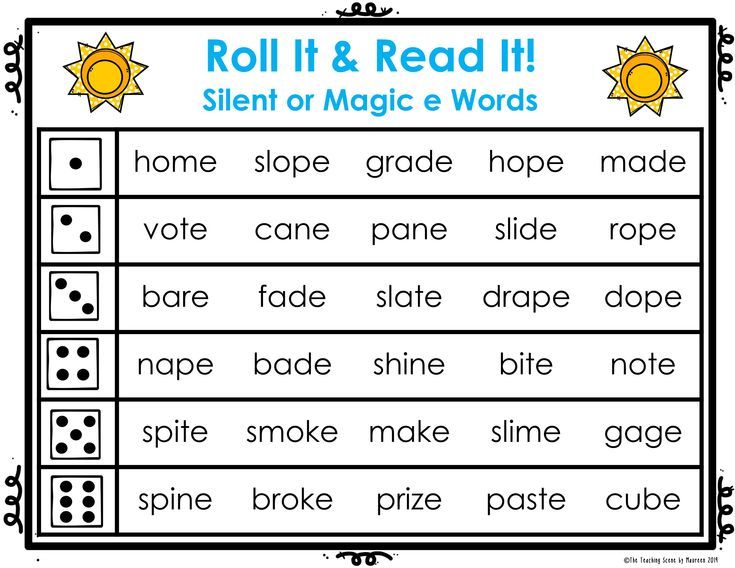 I love this multisensory spelling method for practicing spelling. And you can do this whole class or one on one making it really easy to use in any setting.
I love this multisensory spelling method for practicing spelling. And you can do this whole class or one on one making it really easy to use in any setting.
Dictation – This is another fantastic activity but I would do this after you have spent some time on long e because it is harder for some students. Also when dictating words, give students a clue about the spelling such as telling them it’s a vowel team or open syllable. I often dictate words that all have the same spelling pattern to avoid these problems.
Sorting – Sorting is always a good idea when you have multiple options for spelling. You can play matching games like memory, just sort them into piles/columns, or create any game that requires sorting by spelling pattern. This builds phonemic awareness so it’s always a good activity for all students.
The worksheet below is included in my Long E Word Work worksheets and activities, along with several other sorting activities.
You can also sort by color coding the vowel team or spelling pattern in the words. I took the list from the SOS activity, then had my student highlight each vowel team in a specific color to more visually show the groups.
I took the list from the SOS activity, then had my student highlight each vowel team in a specific color to more visually show the groups.
I include 3 different sorting activities for the long e sound in my Long E Worksheets & Activities set.
Picture cue cards – Create visual graphics of tricky words, homophones, and homographs. These picture cues really help students remember which pattern to use. I suggest you make these using index cards and keep them in a baggie or box for reference. See an example below (it’s for a long o sound but you get the idea).
Games – Of course, I always include games because it’s just so easy to add a stack of flashcards to any game and make it educational! Use an easy to play board game where students need to pick up a card on their turn and add a task like reading the word aloud and sorting it, or asking another player to spell it, or even something as simple as having them air write the word after reading it aloud.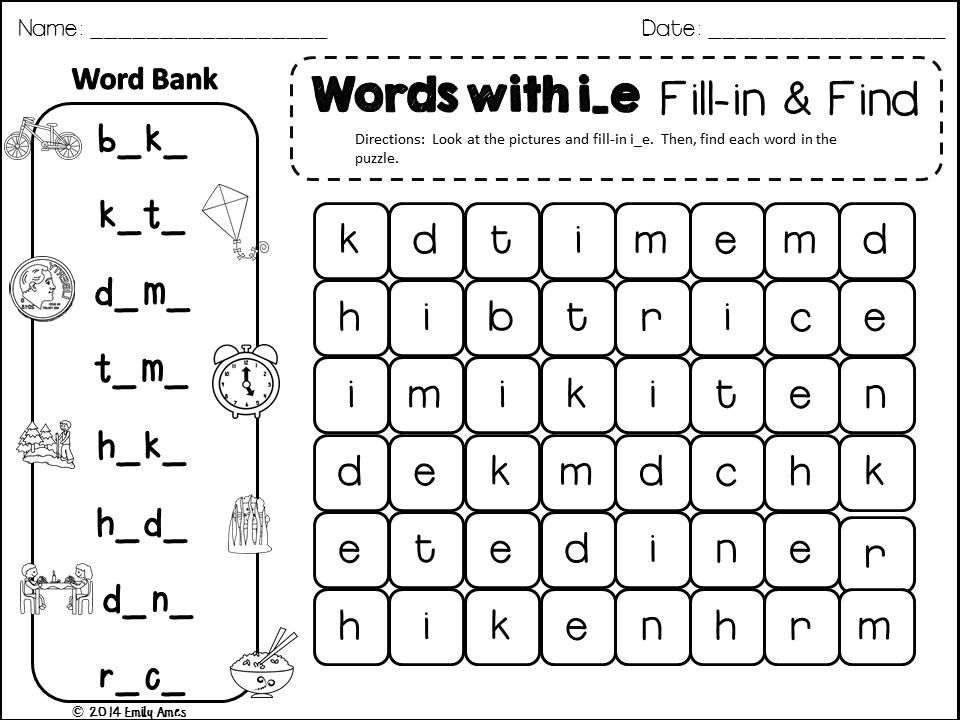 Or print off a teacher-made game from my Long E Activities set.
Or print off a teacher-made game from my Long E Activities set.
Constant Review – Remember to keep these spelling patterns in constant review after they are learned, so they are not forgotten. Using a sound wall or phonogram drills are great ways to do this without it taking up a lot of time.
Check out my Long E Word Work Worksheets & Activities resource in my TPT store for ready to use long e activities, reference sheets and posters, and printable worksheets.
Want to remember this? Save
How To Teach Long E Words to your favorite Pinterest board!If you’re looking for more tips on teaching reading to struggling learners, check out these other posts:
- Phonemic Awareness Strategies & Activities For Struggling Learners
- The 6 Syllable Types
- Why You Should Switch To A Sound Wall
- Reading Strategies for Struggling Readers – Elkonin Boxes
- Teaching Reading Comprehension Strategies – My Secret Tip To Improve Reading Comprehension
- Multisensory Strategies for B & D Reversals – Dyslexia Intervention
- Multisensory Spelling Strategy for Struggling Learners – Dyslexia Spelling Strategy
Sharing is caring!
- Share
- Tweet
Telomere length, telomerase activity and mechanisms of their change in patients with type 2 diabetes mellitus
Oxidative stress and chronic inflammation as the basis of biological aging
Diabetes mellitus (DM) is accompanied by accelerated vascular changes, making it the leading cause of cardiovascular disease (CVD) and mortality. The key link in these changes is hyperglycemia, insulin resistance, accumulation of advanced glycation end products (AGEs). Hyperinsulinemia and hyperglycemia, like physiological aging, activate the processes of chronic inflammation and oxidative stress [1]. In the aging organism, as in the organism of a patient with DM, the level of various inflammatory markers [C-reactive protein (CRP), IL-18, TNF-α] (“inflammaging” [2]) increases, the activity of lipid peroxidation increases with the formation malondialdehyde (MDA) and reactive oxygen species (ROS). All this leads to a violation of protein synthesis, cell apoptosis and the development of degenerative processes [3].
The key link in these changes is hyperglycemia, insulin resistance, accumulation of advanced glycation end products (AGEs). Hyperinsulinemia and hyperglycemia, like physiological aging, activate the processes of chronic inflammation and oxidative stress [1]. In the aging organism, as in the organism of a patient with DM, the level of various inflammatory markers [C-reactive protein (CRP), IL-18, TNF-α] (“inflammaging” [2]) increases, the activity of lipid peroxidation increases with the formation malondialdehyde (MDA) and reactive oxygen species (ROS). All this leads to a violation of protein synthesis, cell apoptosis and the development of degenerative processes [3].
Biology of telomeres in individuals with T2DM
One of the reasons for the different rates of vascular aging in patients with DM2 is the initially different "genetic protection" from external factors. Telomere length and telomerase activity can claim to be genetic markers of the biological age of blood vessels. Telomeres are the ends of a linear DNA molecule that gradually shorten with each cell division. As soon as the length of telomeric DNA becomes threateningly low, P53/P21 is triggered - induced cell aging while maintaining its metabolic activity [4]. There is evidence that the length of telomeres in leukocytes reflects the length of telomeres in stem cells and corresponds to their length in endothelial progenitor cells, which allows us to consider this parameter as a biomarker of vascular aging. The first indications of telomere shortening in individuals with DM2 and impaired glucose tolerance have been received [5]. Telomere shortening may be associated with the development of DM2, CVD, and vascular aging [6].
Telomeres are the ends of a linear DNA molecule that gradually shorten with each cell division. As soon as the length of telomeric DNA becomes threateningly low, P53/P21 is triggered - induced cell aging while maintaining its metabolic activity [4]. There is evidence that the length of telomeres in leukocytes reflects the length of telomeres in stem cells and corresponds to their length in endothelial progenitor cells, which allows us to consider this parameter as a biomarker of vascular aging. The first indications of telomere shortening in individuals with DM2 and impaired glucose tolerance have been received [5]. Telomere shortening may be associated with the development of DM2, CVD, and vascular aging [6].
Telomerase activity can be a second genetic marker of biological age. Telomerase is an enzyme that adds specific repetitive DNA sequences to the 3'-end of the DNA chain and includes telomerase reverse transcriptase (TERT) and telomerase RNA (TERC) [7]. In most somatic cells, telomerase activity is quite low. Although telomerase does not play an important role in telomere length homeostasis in the elderly, it is assumed that this enzyme has important non-telomeric functions to reduce apoptosis, control cell proliferation and mitochondrial activity in human cells [8].
Although telomerase does not play an important role in telomere length homeostasis in the elderly, it is assumed that this enzyme has important non-telomeric functions to reduce apoptosis, control cell proliferation and mitochondrial activity in human cells [8].
Role of chronic inflammation and oxidative stress in changes in telomere length and telomerase activity in individuals with T2DM
The main triggers of pathological processes associated with aging at the cellular level are considered to be oxidative stress and chronic inflammation, which cause non-replicative DNA shortening [9]. Telomeres are sensitive to oxidative damage to the DNA molecule [10]. AFK in vitro reduce the content of hTERT nuclear protein in endothelial cells and, accordingly, telomerase activity. Telomerase can protect leukocytes from oxidative stress without affecting telomere length [8]. Increased inflammatory activity accelerates telomere shortening both by activating cell reproduction and by releasing ROS [9]. Progressive shortening of telomeres with an increase in the duration of DM2 may be associated with chronic inflammation and oxidative stress [5]. The relationship between telomerase activity and chronic inflammation is ambiguous. Chronic inflammation at an early stage through various signaling pathways (with the participation of NF-κB, protein kinase C or Akt-kinase) through hTERT phosphorylation or transcription is able to activate telomerase, which probably compensates for the accelerated shortening of telomeres [11]. However, in the later stages of indolent inflammation, telomerase activity decreases, which leads to shortening of telomeres [12].
Progressive shortening of telomeres with an increase in the duration of DM2 may be associated with chronic inflammation and oxidative stress [5]. The relationship between telomerase activity and chronic inflammation is ambiguous. Chronic inflammation at an early stage through various signaling pathways (with the participation of NF-κB, protein kinase C or Akt-kinase) through hTERT phosphorylation or transcription is able to activate telomerase, which probably compensates for the accelerated shortening of telomeres [11]. However, in the later stages of indolent inflammation, telomerase activity decreases, which leads to shortening of telomeres [12].
The aim of the study is to study the relationship of chronic inflammation and oxidative stress with telomere biology in individuals with T2DM.
Material and methods
The cross-sectional study included patients with DM2 who underwent an outpatient examination at the Federal State Budgetary Institution State Research Center for Primary Care in 2012-2013.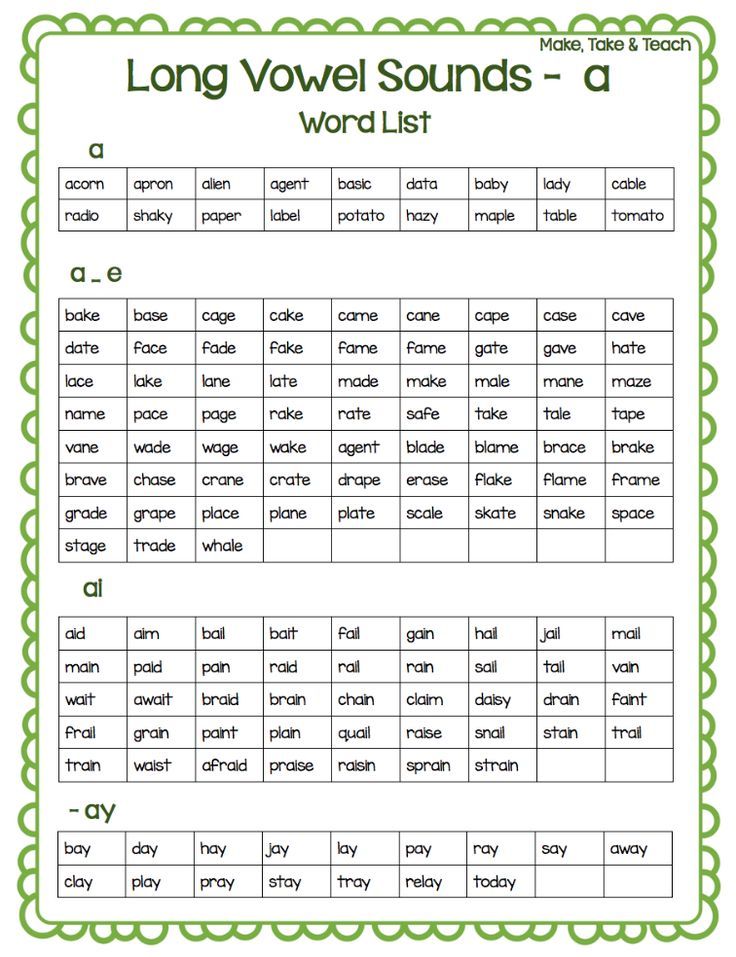 The main group consisted of patients aged 45 to 75 years with a disease duration of not more than 12 months and an HbA1c content of 6.5 to 9.0%. The control group included persons without DM2 who did not have clinical manifestations of CVD who applied to the center for preventive counseling.
The main group consisted of patients aged 45 to 75 years with a disease duration of not more than 12 months and an HbA1c content of 6.5 to 9.0%. The control group included persons without DM2 who did not have clinical manifestations of CVD who applied to the center for preventive counseling.
Exclusion criteria: DM1 and other specific types of DM, arterial hypertension (AH) of the 3rd degree (BP > 180/100 mmHg), regular intake of antihypertensive drugs, regular intake of antidiabetic drugs, severe diabetic microangiopathy (preproliferative and proliferative diabetic retinopathy, chronic kidney disease stages 3b, 4 and 5), CVD (chronic heart failure II-IV classes (NYHA), valvular heart disease), chronic liver failure, cancer, pregnancy, lactation.
All patients signed informed consent to participate in the study. The study protocol was approved by the local ethics committee of the Federal State Budgetary Institution "GNITsPM" of the Ministry of Health of Russia. Minutes of the meeting of the LEC No.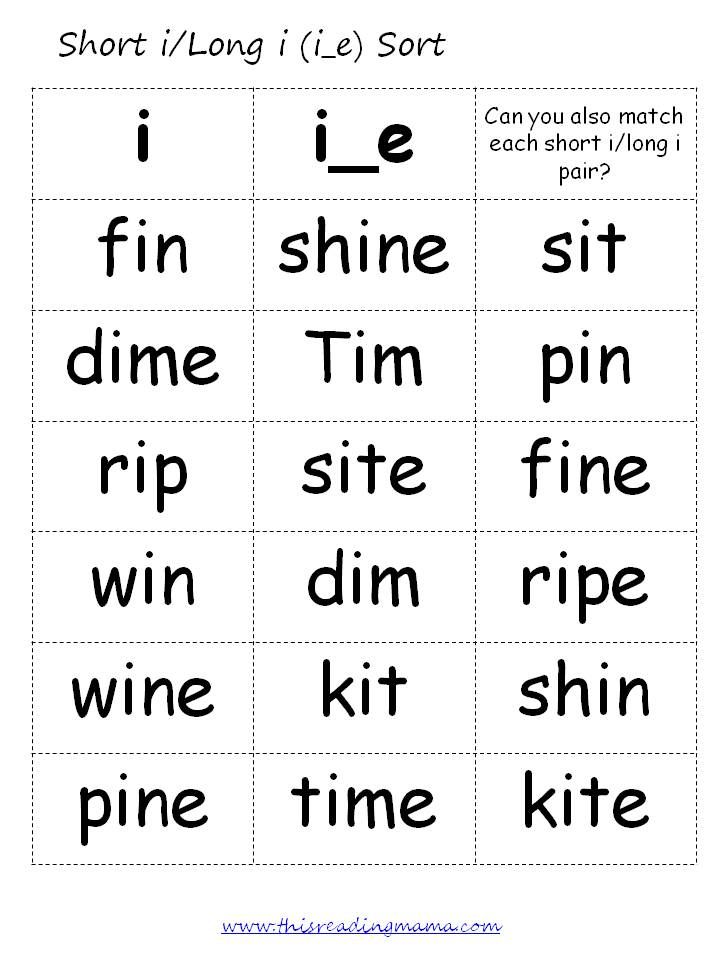 8 dated 11/29/11.
8 dated 11/29/11.
At the screening stage, all patients underwent a standard clinical examination: history taking, clinical examination, including measurement of body weight and height with calculation of body mass index (BMI), measurement of systolic (SBP) and diastolic blood pressure (DBP) on a calibrated device with using a shoulder cuff (HEM-7200 M3, Omron Healthcare, Japan). BP was measured after a 10-minute rest on the right arm in a sitting position 3 times after 2 minutes; the analysis included the average of three measurements. Blood was taken for laboratory tests (clinical and biochemical), ECG registration and exercise test [treadmill test according to the BRUCE protocol (Intertrack, SCHILLER)]. Of the 250 screened patients, 189met the inclusion criteria. In all of them, the state of carbohydrate metabolism was assessed, telomere length and telomerase activity were determined, and the severity of oxidative stress and chronic inflammation was recorded.
Assessment of carbohydrate metabolism
Plasma glucose concentration was determined by the glucose oxidase method on the SAPPHIRE-400 analyzer using DiaSys diagnostic kits. The level of HbA1c was recorded by liquid chromatography on a Sapphire 400 analyzer (Niigata Mechatronics, Japan) according to the manufacturer's standard method.
The level of HbA1c was recorded by liquid chromatography on a Sapphire 400 analyzer (Niigata Mechatronics, Japan) according to the manufacturer's standard method.
Telomere length measurement
Measurement of the relative length of telomeres of peripheral lymphocytes was carried out on genomic DNA [13]. During real-time PCR analysis, the amount of DNA with a telomeric sequence in the genome was estimated. In parallel, real-time PCR was performed to a single-copy region of genomic DNA. We proceeded from the proportionality of the ratio of the amounts of telomeric and single-copy matrices to the length of telomeres.
Measurement of telomerase activity
To determine telomerase activity, the method [14] was used with some modifications. The activity of the enzyme was studied in the isolated monocytic fraction of blood cells (approximately 10,000 cells per analysis). Monocyte cells were lysed with a buffer with a mild detergent, separating the extract. A telomerase polymerase reaction was carried out with the extract; the resulting products were amplified using real-time PCR. The amount of telomerase reaction products is proportional to telomerase activity (Mastercycler cycler (Eppendorf, Germany).
Monocyte cells were lysed with a buffer with a mild detergent, separating the extract. A telomerase polymerase reaction was carried out with the extract; the resulting products were amplified using real-time PCR. The amount of telomerase reaction products is proportional to telomerase activity (Mastercycler cycler (Eppendorf, Germany).
Oxidative stress assessment
To assess the severity of oxidative stress, the concentration of MDA was studied by the method of luminol-dependent chemiluminescence in whole blood.
Assessment of chronic inflammation
To assess the severity of chronic inflammation, the concentration of fibrinogen, highly sensitive C-reactive protein (CRP) (immunoturbodimetric method using the analyzer SAPPHIRE-400), IL-6 (enzymatic immunoassay) was studied.
Biomedical Research Ethics Compliance
The study was performed in accordance with Good Clinical Practice and the principles of the Declaration of Helsinki.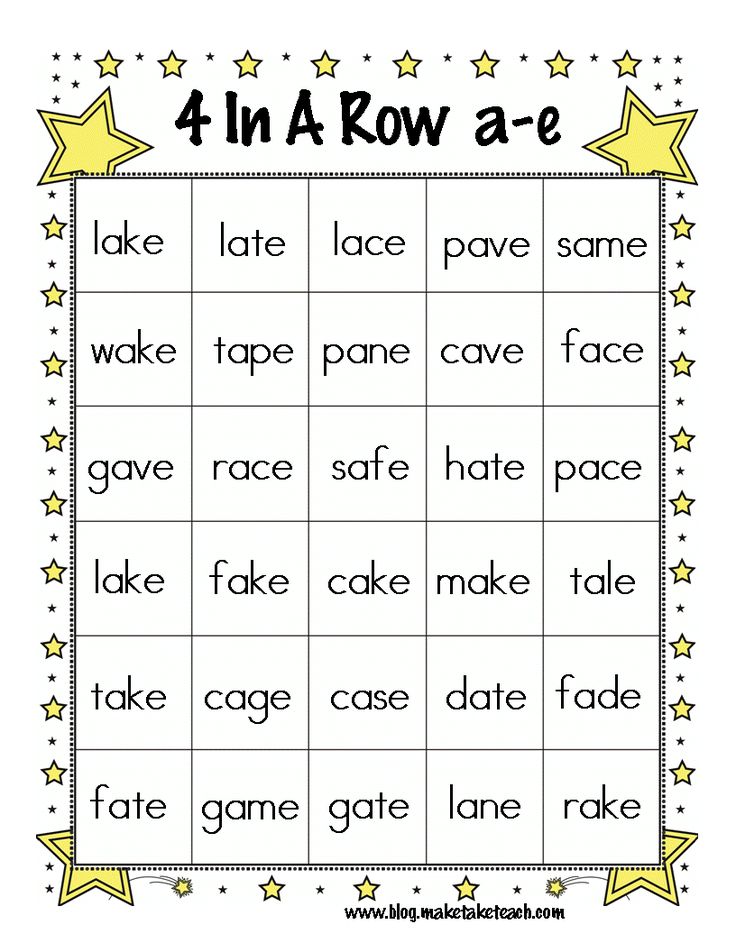 The study protocol was approved by the ethics committees of all participating clinical centers. Written informed consent was obtained from all participants prior to inclusion in the study.
The study protocol was approved by the ethics committees of all participating clinical centers. Written informed consent was obtained from all participants prior to inclusion in the study.
Statistical analysis
The package of applied statistical programs SAS 9.1 (Statistical Analysis System, SAS Institute Inc., USA) was used. All data was entered into a spreadsheet, after which an exploratory analysis was carried out to identify input errors and missing values. For quantitative parameters, a skewness and kurtosis test was used, which revealed a normal distribution of most parameters. Quantitative data are presented as mean values and standard deviations ( M±SD ). Mean values of clinical parameters were compared across two groups using a cross-sectional analysis for continuous variables and a chi-test 2 for categorical variables. For frequency indicators, a modified t Student's test was used, taking into account Fisher's arcsin transform.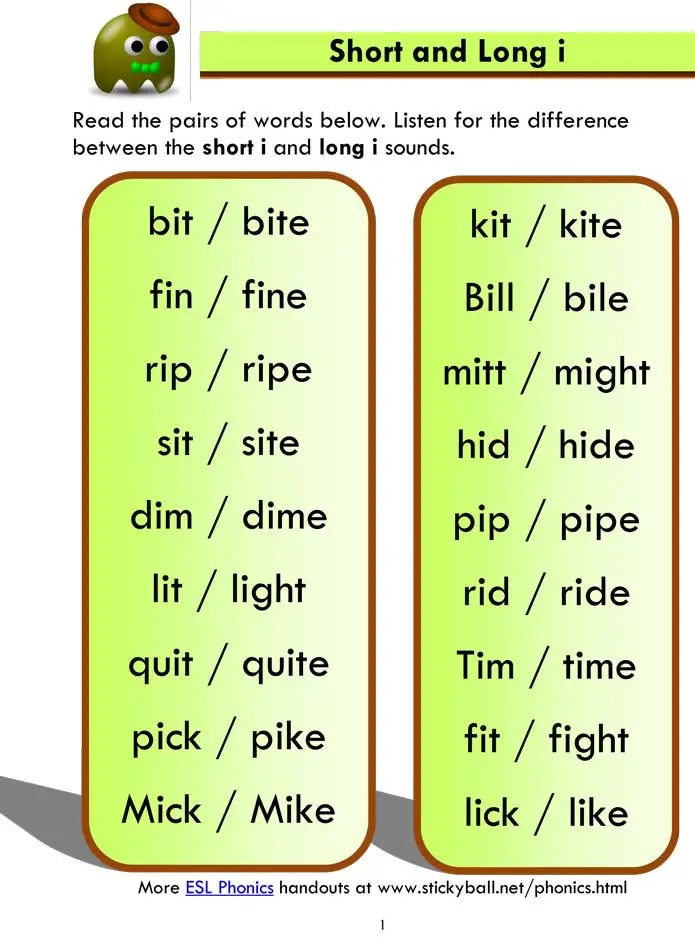 Correlation analysis (Spearman's rank correlations) was performed to identify the measure of the linear relationship between the parameters. To assess independent relationships between parameters, multivariate regression equations and multiple linear regression analysis were used. After measuring the telomere length, the patients were additionally divided into ranks depending on the parameter values. The first rank group included patients with very short telomere length: from the minimum value in the general group to the border of the first quartile (i.e., below 25% of the distribution border). The second rank group included patients with telomere lengths from the distribution median to the lower quartiles. The third rank group included patients with telomere length from the distribution median to 75% of the distribution boundary. The group of the fourth rank included individuals with a very long telomere length, constituting the upper quartile of the distribution. The null hypothesis was rejected at p <0.
Correlation analysis (Spearman's rank correlations) was performed to identify the measure of the linear relationship between the parameters. To assess independent relationships between parameters, multivariate regression equations and multiple linear regression analysis were used. After measuring the telomere length, the patients were additionally divided into ranks depending on the parameter values. The first rank group included patients with very short telomere length: from the minimum value in the general group to the border of the first quartile (i.e., below 25% of the distribution border). The second rank group included patients with telomere lengths from the distribution median to the lower quartiles. The third rank group included patients with telomere length from the distribution median to 75% of the distribution boundary. The group of the fourth rank included individuals with a very long telomere length, constituting the upper quartile of the distribution. The null hypothesis was rejected at p <0.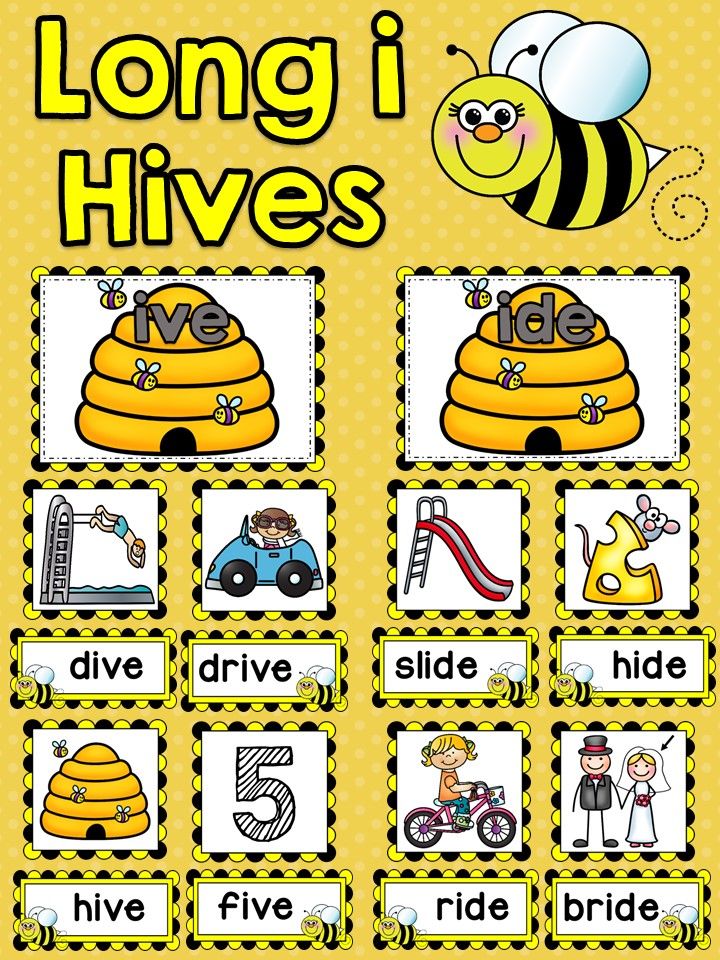 05.
05.
Results
In total, the study included 189 patients (64 men and 125 women), who were combined into two groups: with DM2 ( n = 50) and without DM ( n = 139). The duration of DM2 was 0.9±0.089 years. The mean age of patients in the DM2 group was 58.4 ± 7.9 years, and in the control group — 57.45 ± 8.14 years ( p = 0.48). In the DM2 group, SBP was 131.76±14.7 mmHg, and in the control group it was 127.78±16.5 mmHg. ( p = 0.13). The level of MDA in the DM2 group was 3.193±0.98 µmol/l, in the control group — 3.195±0.82 µmol/l ( p = 0.98). The average level of IL-6 in the DM2 group was 3.37±1.14 pg/ml, in the control group — 5.07±0.87 pg/ml ( p = 0.27).
In the diabetic group, the proportion of men was higher than in the group of healthy individuals (46% versus 29%) ( p = 0.013). The male/female ratio in the DM2 group was 46/54% versus 29/71% in the control group ( p = 0.013). The BMI of patients in the DM2 group was significantly higher than that of healthy individuals: 30.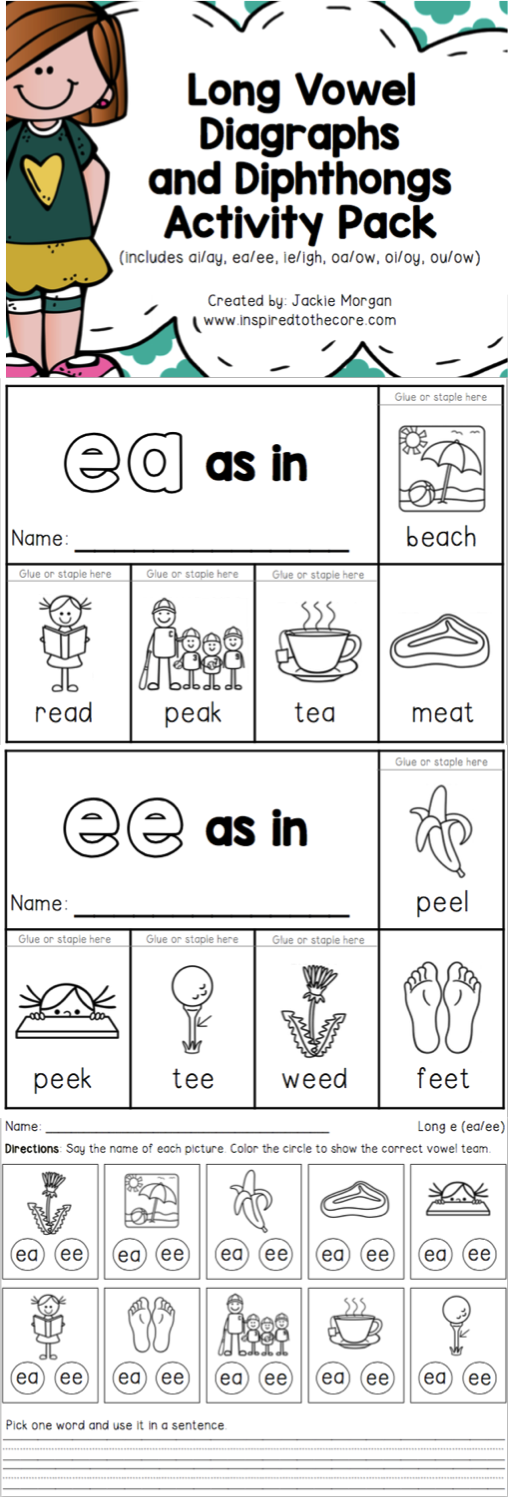 28±5.42 versus 27.68±4.60 kg/m 2 ( p = 0.002). DBP in the DM2 group was 83.02±11.3 mm Hg. vs. 78.6±9.3 mm Hg st, in the control group ( p = 0.015). In patients with DM2, the length of lymphocytic telomeres was significantly shorter ( p = 0.031), and telomerase activity was significantly lower ( p = 0.039) than in healthy individuals. In the DM2 group, fasting plasma glucose (FPG) and HbA1c levels were significantly higher than in the control group ( p < 0.001). In patients with DM2, the activity of chronic inflammation markers was also significantly higher: CRP — 6.34±1.06 versus 3.82±0.41 mg/l ( p = 0.031), presence of elevated fibrinogen — 0.30±0.04 versus 0.11±0.03 ( p = 0.004). The main characteristics of patients are presented in table. 1.
28±5.42 versus 27.68±4.60 kg/m 2 ( p = 0.002). DBP in the DM2 group was 83.02±11.3 mm Hg. vs. 78.6±9.3 mm Hg st, in the control group ( p = 0.015). In patients with DM2, the length of lymphocytic telomeres was significantly shorter ( p = 0.031), and telomerase activity was significantly lower ( p = 0.039) than in healthy individuals. In the DM2 group, fasting plasma glucose (FPG) and HbA1c levels were significantly higher than in the control group ( p < 0.001). In patients with DM2, the activity of chronic inflammation markers was also significantly higher: CRP — 6.34±1.06 versus 3.82±0.41 mg/l ( p = 0.031), presence of elevated fibrinogen — 0.30±0.04 versus 0.11±0.03 ( p = 0.004). The main characteristics of patients are presented in table. 1.
Table 1 Characteristics of study groups
Median relative telomere length was 9.75. All patients with a telomere length value below this indicator were assigned to the group of "short" telomeres, and those in whom this indicator exceeded this value were assigned to the group of "long" telomeres.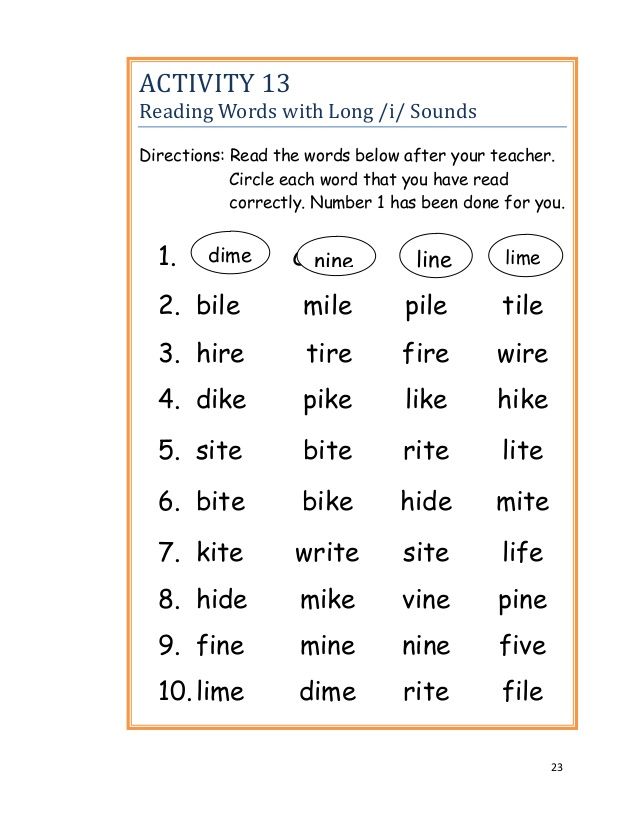
The level of CRP in patients with DM2 and "short" telomeres was significantly increased ( p = 0.02). There was no significant difference in the levels of MDA, fibrinogen and IL-6 between the two groups ( p = 0.09). In individuals with DM2 and "short" telomeres, the level of FPG was significantly higher ( p = 0.02). Telomerase activity did not differ between groups; however, patients with T2DM and "short" telomeres were more likely to have low levels of telomerase activity (less than the overall median). In the group of healthy patients, there were no significant differences between individuals with "short" and "long" telomeres in terms of carbohydrate metabolism, the severity of oxidative stress, and chronic inflammation (Table 2).
Table 2. Indicators of carbohydrate metabolism, oxidative stress, chronic inflammation, telomere length and telomerase activity depending on the presence of DM2
Patients with DM2 and "short" telomeres had a significantly higher level of CRP and increased fibrinogen more often. There were no differences in the levels of MDA, fibrinogen, IL-6. Telomerase activity was somewhat lower in patients with DM2 and "short" telomeres ( p = 0.063). "Low" indicators of telomerase activity occurred in patients with DM2 and "short" telomeres significantly more often ( p = 0.049).
There were no differences in the levels of MDA, fibrinogen, IL-6. Telomerase activity was somewhat lower in patients with DM2 and "short" telomeres ( p = 0.063). "Low" indicators of telomerase activity occurred in patients with DM2 and "short" telomeres significantly more often ( p = 0.049).
In individuals with "long" telomeres, markers of chronic inflammation and oxidative stress, as well as telomerase activity, practically did not depend on the presence of DM2 (Table 3).
Table 3. Indicators of oxidative stress, chronic inflammation and telomerase activity depending on the relative length of
telomeres Median telomerase activity was 0.50. All patients with a lower value of this indicator were assigned to the group of "low" telomerase activity, and those in whom telomerase activity exceeded this value were assigned to the group of "high" telomerase activity. In patients with DM2, the state of carbohydrate metabolism, the activity of markers of oxidative stress and chronic inflammation did not differ between these groups, with the exception of shorter telomeres in the group with "low" telomerase activity ( p = 0.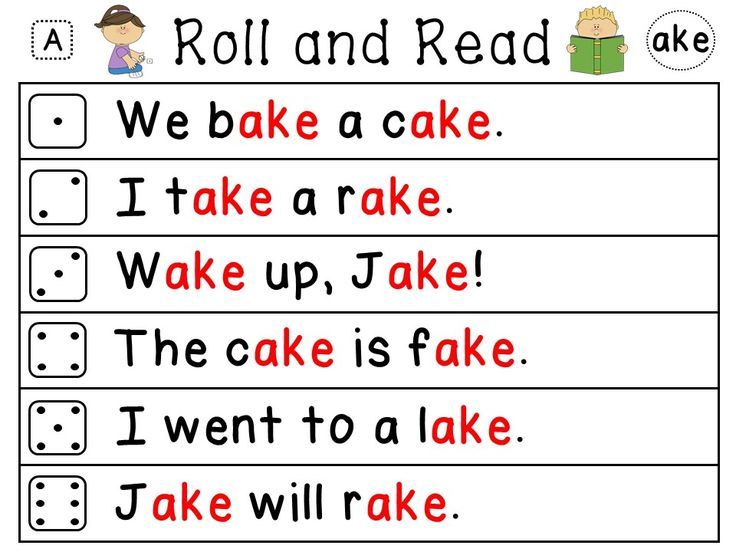 02). In the control group, there was also no dependence of the levels of oxidative stress, CRP and IL-6 on telomerase activity, however, higher levels of fibrinogen were found in individuals with "high" telomerase activity (Table 4).
02). In the control group, there was also no dependence of the levels of oxidative stress, CRP and IL-6 on telomerase activity, however, higher levels of fibrinogen were found in individuals with "high" telomerase activity (Table 4).
Table 4. Indicators of carbohydrate metabolism, oxidative stress, chronic inflammation, telomere length and telomerase (AT) activity depending on the presence of DM2
Patients with DM2 and “low” telomerase activity had a higher level of CRP, increased fibrinogen was more common, and the length of telomeres was shorter. The levels of IL-6, MDA and fibrinogen in the group of "low" telomerase activity did not depend on the presence of DM2. In the group of "high" telomerase activity, individuals with CD2+ and CD2- did not differ in terms of oxidative stress, chronic inflammation, and telomere length (Table 5).
Table 5. Indicators of oxidative stress, chronic inflammation and relative telomere length depending on the activity of telomerase (AT)
In patients with DM2, associations were found between the relative length of telomeres and FPN, CRP, "low" telomerase activity, but no correlations were found with age, blood pressure, BMI, HbA1c, MDA, fibrinogen, and IL-6 (Table 6).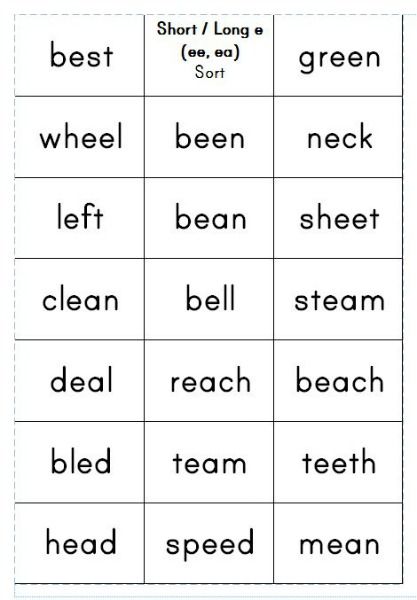
Table 6. Relationship between relative telomere length and other parameters in the study groups (Spearman's rank correlations)
In the DM2+ group, a positive correlation was found only between telomerase activity and very long telomeres. In the control group, telomerase activity was positively associated with SBP, DBP, CRP and fibrinogen levels (Table 7).
Table 7. Correlation of telomerase activity with other parameters in the studied groups (Spearman's rank correlations)
Subsequently, multiple linear regression analysis was carried out, where relative telomere length was used as a dependent variable, and age, FPG, CRP, and “low” telomerase activity were used as independent variables. It turned out that only FPN and CRP were independently associated with telomere length (Table 8).
Table 8. Dependence of telomere length on age, FPN, CRP, reduced telomerase activity as independent variables in patients with DM2
When using telomerase activity as a dependent variable, and age, DBP, FPG, CRP, fibrinogen as independent variables, it turned out that in the DM2– group, only DBP (feedback) and fibrinogen (feedforward) were independently associated with telomerase activity (Table 9).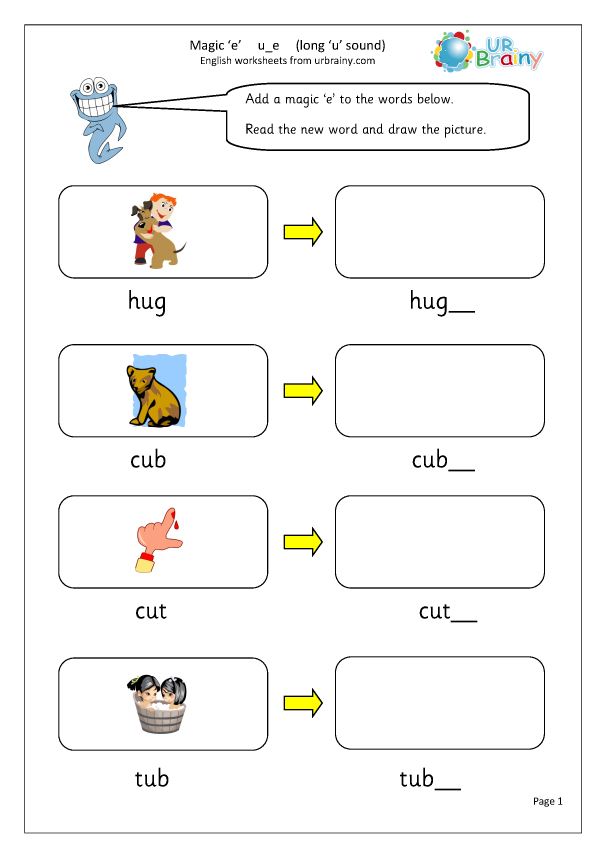 In the DM2+ group, however, no independent relationship was found between the studied parameters and telomerase activity (Table 10).
In the DM2+ group, however, no independent relationship was found between the studied parameters and telomerase activity (Table 10).
Table 9. Dependence of telomerase activity on age, DBP, FPN, CRP, fibrinogen, FPN as independent variables in the control group
Table 10. Dependence of telomerase activity on age, DBP, FPN, CRP, fibrinogen, FPN as independent variables in the group of patients with DM2
Discussion
We have found that telomere lengths are on average shorter in patients with type 2 diabetes than in healthy individuals. This is consistent with the results of other authors [15]. However, in a study by M. Sampson et al. [17] found no relationship between the shortening of the length of lymphocytic telomeres and indicators of carbohydrate metabolism (possibly due to the small size of the group). Our study revealed significant differences in HbA1c and FPN in patients with DM2 with "long" and "short" telomeres, and also found a negative relationship between telomere length and FPN. It can be argued that in patients with type 2 diabetes, shorter telomeres are associated with poor diabetes control, and hyperglycemia, in turn, can have a damaging effect on indicators of replicative aging.
It can be argued that in patients with type 2 diabetes, shorter telomeres are associated with poor diabetes control, and hyperglycemia, in turn, can have a damaging effect on indicators of replicative aging.
We found that telomerase activity in patients with DM2 is lower than in healthy people, which is consistent with the limited data available [17]. The role of telomerase in the process of normal aging is ambiguous and insufficiently studied. We have not found a relationship between telomerase activity and telomere length, which is consistent with the opinion about the insignificant role of telomerase in maintaining homeostasis of telomere length in old age [8].
The damaging effect of hyperglycemia on the biology of telomeres, including in endothelial cells, is realized through the mechanism of oxidative stress [16] and chronic inflammation [9]. However, there were no significant differences in the MDA level between the DM2+ and DM2– groups (probably due to the short duration of DM and the absence of severe chronic hyperglycemia, since it is prolonged hyperglycemia that is associated with the development of severe and persistent oxidative stress).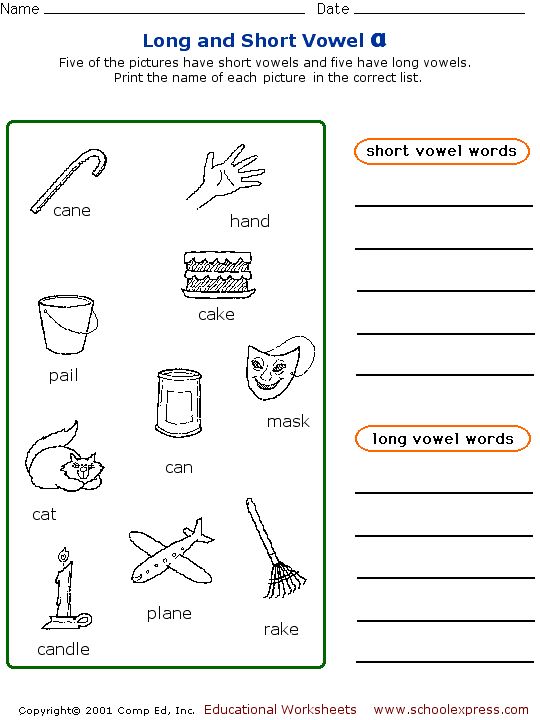 It may be necessary to use more accurate indicators of oxidative stress, such as urinary excretion of 8-iso-prostaglandin F2α. We found higher levels of inflammatory markers in DM2 patients than in controls. Another inflammatory marker, IL-6, has recently been found to have multiple effects, being not only a cytokine, but also a myokine, stimulating myogenesis and beneficially influencing energy metabolism [18]. Perhaps that is why the level of IL-6 in the control turned out to be somewhat higher, which, however, requires further study.
It may be necessary to use more accurate indicators of oxidative stress, such as urinary excretion of 8-iso-prostaglandin F2α. We found higher levels of inflammatory markers in DM2 patients than in controls. Another inflammatory marker, IL-6, has recently been found to have multiple effects, being not only a cytokine, but also a myokine, stimulating myogenesis and beneficially influencing energy metabolism [18]. Perhaps that is why the level of IL-6 in the control turned out to be somewhat higher, which, however, requires further study.
Chronic inflammation leads to premature aging of cells, shortening of telomeres by activating the multiplication of lymphocytic cells and activating the release of ROS, causing oxidative damage to the terminal part of DNA [10]. In 2012, it was shown that the progressive shortening of telomeres with an increase in the duration of DM2 may be associated with a parallel increase in oxidative stress and chronic inflammation [5]. Our results are consistent with data from previous studies. We found higher levels of CRP and slightly higher levels of MDA in patients with T2DM and short telomeres than in patients with long telomeres. There was a negative relationship between the length of lymphocytic telomeres and the classic marker of chronic inflammation, CRP, which indicates the involvement of chronic inflammation in telomere shortening in patients with type 2 diabetes. In the control group, there was no relationship between CRP and telomere length, which is consistent with the results of other studies [19]. The lack of relationship between IL-6, fibrinogen and telomere length in both groups can be explained by the low variability of these indicators. In addition, relying only on the level of circulating cytokines, one can underestimate the degree of local inflammation in tissues.
We found higher levels of CRP and slightly higher levels of MDA in patients with T2DM and short telomeres than in patients with long telomeres. There was a negative relationship between the length of lymphocytic telomeres and the classic marker of chronic inflammation, CRP, which indicates the involvement of chronic inflammation in telomere shortening in patients with type 2 diabetes. In the control group, there was no relationship between CRP and telomere length, which is consistent with the results of other studies [19]. The lack of relationship between IL-6, fibrinogen and telomere length in both groups can be explained by the low variability of these indicators. In addition, relying only on the level of circulating cytokines, one can underestimate the degree of local inflammation in tissues.
Literature data [12] on the relationship of chronic inflammation with telomerase activity are contradictory. Long-term chronic inflammation leads to the depletion of telomerase, which we observed in patients with type 2 diabetes.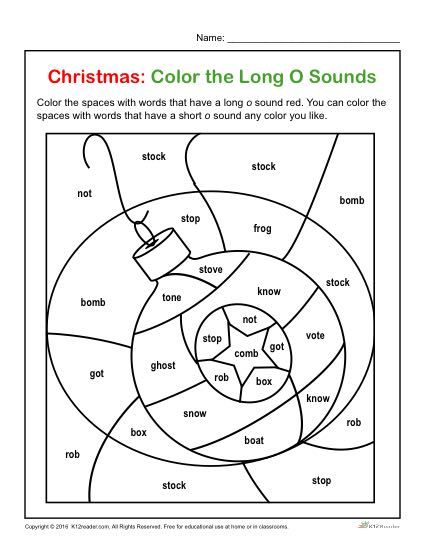 With less pronounced and less prolonged chronic inflammation, as is the case with metabolic syndrome or moderate atherosclerosis, on the contrary, an increase in telomerase activity is observed [20], which is probably of a compensatory nature, slowing down the decrease in telomere length in actively dividing cells under the influence of inflammatory cytokines . Indeed, in the control group, we found a positive relationship between telomerase activity and markers of chronic inflammation.
With less pronounced and less prolonged chronic inflammation, as is the case with metabolic syndrome or moderate atherosclerosis, on the contrary, an increase in telomerase activity is observed [20], which is probably of a compensatory nature, slowing down the decrease in telomere length in actively dividing cells under the influence of inflammatory cytokines . Indeed, in the control group, we found a positive relationship between telomerase activity and markers of chronic inflammation.
It is important to emphasize that, according to our data, the level of oxidative stress, chronic inflammation and telomerase activity in patients with DM2 and "long" telomeres did not differ significantly from the corresponding indicators in healthy individuals. It can be assumed that with a short duration of DM2, a genetically determined long telomere length protects patients from the damaging effects of oxidative stress and chronic inflammation, providing better and faster recovery of damaged tissues, including blood vessels.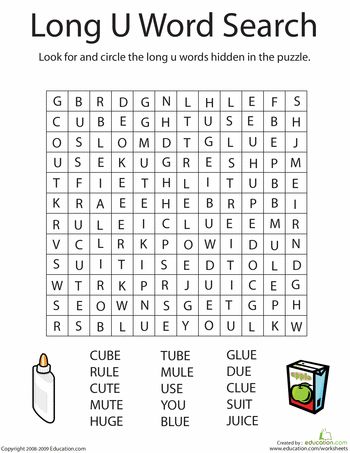 On the contrary, in patients with DM2 and "short" telomeres, even with a short duration of the disease, the severity of chronic inflammation and the degree of decrease in telomerase activity were more significant. It should be borne in mind that the patients of the DM2 group and the control group were comparable in age.
On the contrary, in patients with DM2 and "short" telomeres, even with a short duration of the disease, the severity of chronic inflammation and the degree of decrease in telomerase activity were more significant. It should be borne in mind that the patients of the DM2 group and the control group were comparable in age.
Evidence is accumulating that telomere shortening is a key component of declining stem cell reserves and age-associated tissue degeneration. The association of DM2 with cellular aging processes and the severity of chronic inflammation and oxidative stress may explain the higher incidence of CVD in this disease. Further studies will make it possible to form, taking into account the length of telomeres among patients with type 2 diabetes, a group of individuals who need more aggressive control of carbohydrate metabolism, which will provide a more personalized approach to the treatment of the disease.
Terminals
1. In patients with DM2, telomere length is on average shorter and telomerase activity is lower than in healthy people.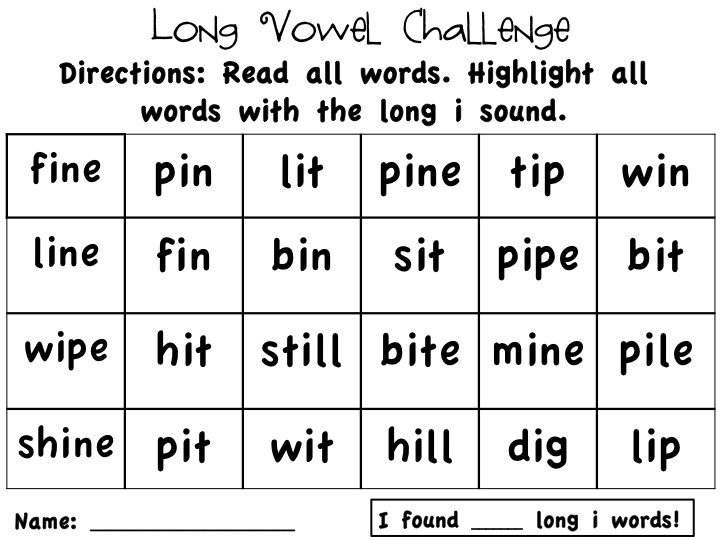 The significance of telomerase activity in changing the length of telomeres has not been revealed.
The significance of telomerase activity in changing the length of telomeres has not been revealed.
2. MDA levels in patients with DM2 and healthy individuals are almost the same. Chronic inflammation is more pronounced in patients with type 2 diabetes than in healthy individuals of the same age. Chronic inflammation plays a leading role in shortening telomeres and increasing telomerase activity.
3. In patients with DM2 and "long" telomeres, the severity of oxidative stress and chronic inflammation does not differ from the corresponding indicators in healthy individuals
4. In patients with type 2 diabetes, "short" telomeres are associated with poor control of diabetes and more pronounced chronic inflammation.
5. "Long" telomeres protect patients with DM from the damaging effects of oxidative stress and chronic inflammation.
No conflict of interest.
The study was conducted within the framework of the State task "Study of the molecular mechanisms of atherogenesis in order to develop methods for the early diagnosis of preclinical atherosclerosis as the main pathophysiological mechanism for the development of cardiovascular diseases and their complications.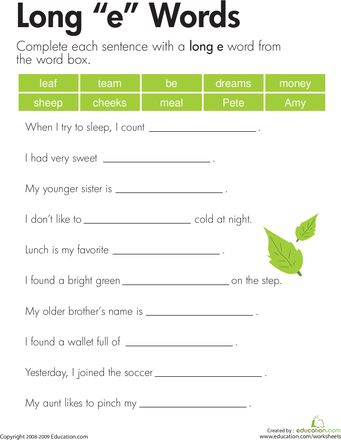 "
"
Contributors :
Research concept and design — E.N. Dudinskaya, O.N. Tkacheva, I.D. Strazhesko, E.V. Akasheva.
Collection and processing of material - N.V. Brailova, E.V. Plokhova, V.S. Pykhtin.
Statistical data processing - V.A. Vygodin.
Writing the text - N.V. Brailova.
Editing — E.N. Dudinskaya, O.N. Tkacheva, M.V. Shestakova, S.A. Fighters.
Thanks
The team of authors thanks A.S. Kruglikov, I.N. Ozerov, N.V. Gomyranov (FGBU "State Research Center for Preventive Medicine" of the Ministry of Health of the Russian Federation) and D.A. Skvortsov (A.N. Belozersky Institute of Physical and Chemical Biology, Lomonosov Moscow State University) for their help in the study.
How food and physical activity affect our emotional background
It seems that mood is an abstract entity that lives on its own. Meanwhile, having understood the cause-and-effect relationships, we can learn to control our mood.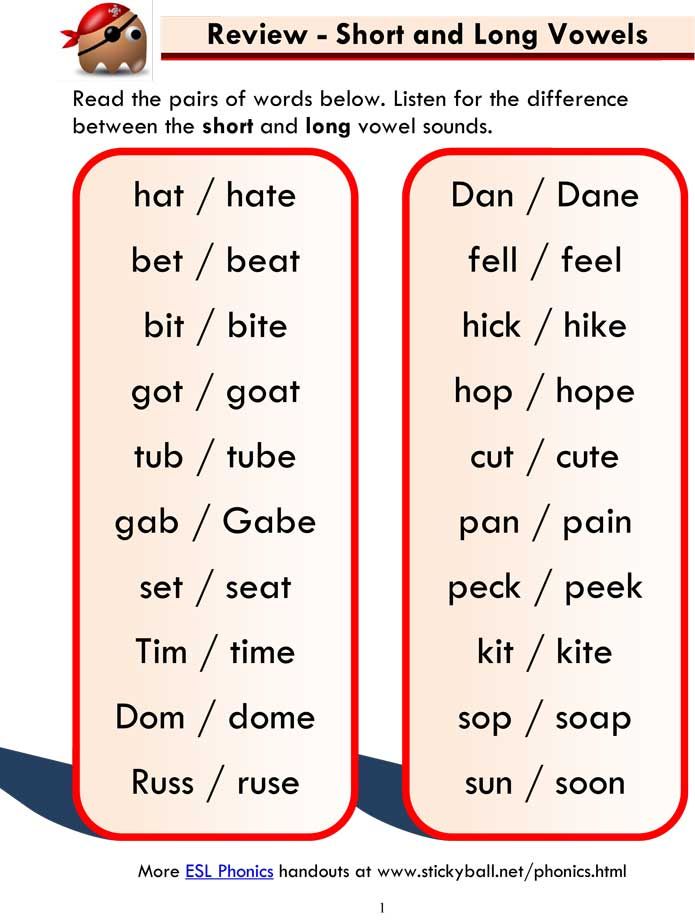
How are emotions and physical activity related? “Mood in the physical sense is the level and balance of various neurotransmitters in the body, the activity of certain areas of the brain; in the mental, it is a reflection, a feeling about what is happening around a person in the aggregate. The kinesthetic component of our being, which affects our thinking,” says Denis Varvanets, biogerontologist, athlete and one of the most famous biohackers in Russia. He runs long distances, tracks his health biomarkers and leads clients in that direction.
“During sports, dopamine is produced,” notes Denis. – It plays an important role in maintaining sports form in conditions of increased physical activity and contributes to the mobilization of the body's energy resources. People who exercise regularly have a reduced release of cortisol, the “stress hormone,” in response to a stressor. The parasympathetic nervous system is more active, which can be fixed using heart rate variability. With high-intensity aerobic interval training, the BDNF factor increases - it is responsible for the neuroplasticity of the brain. This is a good prevention of depression and dementia.”
With high-intensity aerobic interval training, the BDNF factor increases - it is responsible for the neuroplasticity of the brain. This is a good prevention of depression and dementia.”
At the same time, a certain type of activity can affect us in different ways. Strength training is a release of hormones; high-intensity aerobic training affects metabolism, the BDNF factor, oxygen consumption also increases, lactate (lactic acid) levels fluctuate, which helps to strengthen memory. Low-intensity aerobic running releases nitric oxide, which plays a role in the feeling of relaxation, a condition also called "runner's euphoria." Yoga practices help develop concentration and cognitive flexibility.
Leading yoga therapist Yulia Sinyavskaya says that yoga and breathing practices are responsible not only for concentration, but also for the accumulation of resources: “Due to the fact that yoga is a combination of flexibility, breathing techniques, relaxation, in the end, all this will work to strengthen tone of the parasympathetic nervous system responsible for the restoration and accumulation of body resources. She explains that in modern people, the parasympathetic system itself turns on very hard due to the fact that our mind is constantly active. And inverted postures - primitive states given to us by evolution in order to survive - improve cerebral circulation, thereby reducing the level of anxiety and aggression. “It is ideal to add breathing practices and meditation to yoga, this is what makes the state of mind more calm, and we become less prone to emotional surges,” the expert advises.
She explains that in modern people, the parasympathetic system itself turns on very hard due to the fact that our mind is constantly active. And inverted postures - primitive states given to us by evolution in order to survive - improve cerebral circulation, thereby reducing the level of anxiety and aggression. “It is ideal to add breathing practices and meditation to yoga, this is what makes the state of mind more calm, and we become less prone to emotional surges,” the expert advises.
Food
Surely you have noticed that after eating an almond croissant in the first minutes you feel a surge of energy, and then depression, heaviness, drowsiness and even guilt appear. “This is due to a jump in sugar and insulin,” explains Anastasia Muzhchinina, an endocrinologist. - If you eat a plate of fresh vegetable salad instead of a bun, you will get full faster, you will feel light, with a surge of energy. We cannot completely abandon carbohydrates, this is our fuel, but we need to give preference to complex carbohydrates.
She is convinced that proper nutrition is the basis of our health and good mood. Firstly, most bacteria and viruses multiply in an acidic environment, and they die in an alkaline environment. Therefore, be sure to include fresh vegetables, herbs and fruits in your diet. Secondly, an excessive amount of refined sugar and salt in the diet contributes to the development of visceral obesity and, as a result, insulin resistance and diabetes mellitus. And this is a completely different quality of life. Thirdly, when nutrition is balanced in terms of macro- and micronutrients, the risk that a deficiency of vitamins and microelements will occur is reduced several times. And when there is a lack of, for example, iron or vitamin D, we feel depressed, constantly tired, apathetic. In addition, the deficiency of vitamins and trace elements is directly related to the work of the endocrine glands, in particular the thyroid. “In general, I recommend that the inhabitants of our country take vitamin D all year round, it not only gives a boost of energy, strong bones, but also strengthens the immune system,” adds Muzhchinina.
Endocrinologist, specialist in medical information and scientific communication, author of the scientific and educational Telegram channel Endonovosti Evdokia Tsvetkova talks about the importance of hunger: behavior to be more aggressive during fasting, thus increasing our chances of fighting for food.” According to another version, Tsvetkova explains, it's all about hormones: if glucose levels fall, the body protects the brain from starvation by actively releasing adrenaline and cortisol. They help to release glucose stores in the liver and muscles, as well as fatty acids, so that glucose enters the bloodstream and then to the brain. These are the same hormones that the body produces in situations of emotional stress, therefore, with an irregular diet, mood can worsen.
Water
One of the most famous biohackers in the world, Chris Dancy, who tracks his health indicators using 700 different devices, says in an interview that, having been doing biohacking for more than a decade, he made a simple discovery: “It turns out that we need more water than we think. I give you my word, by doubling your usual intake of plain pure water, you will become happier, you will have more energy and desire to live. Anastasia Muzhchinina agrees with this observation: “All our organs and systems need water: the brain, circulatory system, heart, joints and every cell. And when there is not enough water, we get poisoned, dehydrated, and as a result, this affects our mood. It is especially important for women with PMS symptoms to drink water when the emotional background is unstable.”
I give you my word, by doubling your usual intake of plain pure water, you will become happier, you will have more energy and desire to live. Anastasia Muzhchinina agrees with this observation: “All our organs and systems need water: the brain, circulatory system, heart, joints and every cell. And when there is not enough water, we get poisoned, dehydrated, and as a result, this affects our mood. It is especially important for women with PMS symptoms to drink water when the emotional background is unstable.”
Dream
Even at the simplest sensory level, we notice that, without enough sleep, we are ready to go to war against the whole world. The concept of "healthy sleep" includes two indicators: the duration of sleep and its quality. An adult needs about seven to eight hours. But even more important, sleep efficiency is an integral indicator, which includes the presence of a deep sleep phase (delta sleep). There is also a phase of light sleep and a paradoxical phase in which dreams come to us.
However, not only the quality of sleep can affect mood, but vice versa: the most common form of insomnia (doctors use this term, it’s not entirely correct to say “insomnia”) is acute, which is most often caused by emotional stress. In the practice of somnology, there is such a thing as "sleep hygiene" - elementary actions to normalize one's sleep, because one way or another, every person encounters sleep disorders. Somnologist, Associate Professor of the Department of Nervous Diseases and Neurosurgery at Sechenov University, author of the book “Mysteries of Sleep. From insomnia to lethargy, Mikhail Poluektov talks about the simplest preventive measures that will help improve the quality of sleep. First of all, the regime is important: you need to go to bed and get up at the same time every day. In case of violation of the regime, it is recommended to restore it as soon as possible.
An hour before bedtime, it is better to limit violent mental activity, as well as physical activity.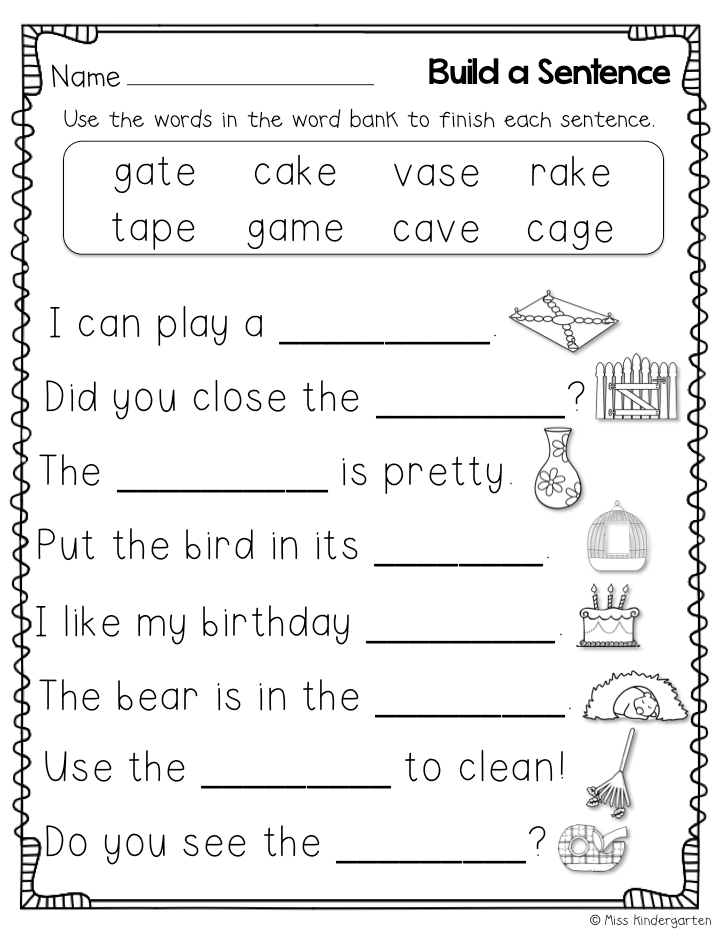 The exception is sexual activity. It is important to create comfortable conditions for sleeping: a ventilated room, thick dark curtains, a minimum noise level (ear plugs can be used), as well as a comfortable orthopedic mattress and pillow. “Do not consume food, coffee and caffeinated drinks, Coca-Cola and alcohol before bedtime. Limit the use of gadgets - these include mobile phones, e-readers, laptops, and even electronic watches. It’s even better to put gadgets in “airplane mode”, or even leave them in the next room,” concludes Poluektov.
The exception is sexual activity. It is important to create comfortable conditions for sleeping: a ventilated room, thick dark curtains, a minimum noise level (ear plugs can be used), as well as a comfortable orthopedic mattress and pillow. “Do not consume food, coffee and caffeinated drinks, Coca-Cola and alcohol before bedtime. Limit the use of gadgets - these include mobile phones, e-readers, laptops, and even electronic watches. It’s even better to put gadgets in “airplane mode”, or even leave them in the next room,” concludes Poluektov.
A bad mood negatively affects not only the quality of life, but also its duration. There are clinical studies that indicate that optimists live longer on average than people with a depressed emotional state. Some contemporaries seriously claim that they aim to live up to 120 years. Well, apparently, you can’t do without a good mood and the ability to “adjust” it yourself.
Link to publication: RBC
Site embed code
It seems that mood is an abstract entity that lives on its own. Meanwhile, having understood the cause-and-effect relationships, we can learn to control our mood.
Meanwhile, having understood the cause-and-effect relationships, we can learn to control our mood.
How are emotions and physical activity related? “Mood in the physical sense is the level and balance of various neurotransmitters in the body, the activity of certain areas of the brain; in the mental, it is a reflection, a feeling about what is happening around a person in the aggregate. The kinesthetic component of our being, which affects our thinking,” says Denis Varvanets, biogerontologist, athlete and one of the most famous biohackers in Russia. He runs long distances, tracks his health biomarkers and leads clients in that direction.
“During sports, dopamine is produced,” notes Denis. – It plays an important role in maintaining sports form in conditions of increased physical activity and contributes to the mobilization of the body's energy resources. People who exercise regularly have a reduced release of cortisol, the “stress hormone,” in response to a stressor.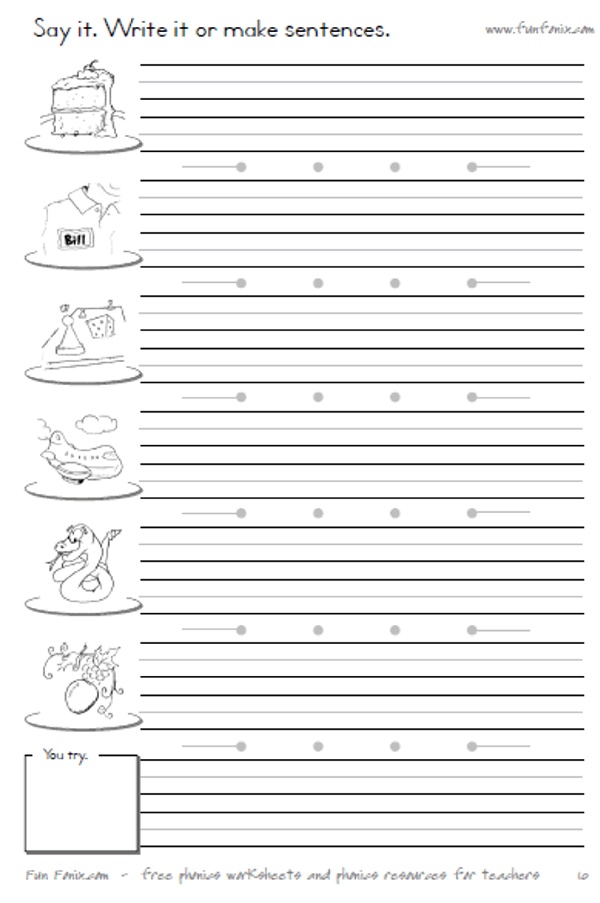 The parasympathetic nervous system is more active, which can be fixed using heart rate variability. With high-intensity aerobic interval training, the BDNF factor increases - it is responsible for the neuroplasticity of the brain. This is a good prevention of depression and dementia.”
The parasympathetic nervous system is more active, which can be fixed using heart rate variability. With high-intensity aerobic interval training, the BDNF factor increases - it is responsible for the neuroplasticity of the brain. This is a good prevention of depression and dementia.”
At the same time, a certain type of activity can affect us in different ways. Strength training is a release of hormones; high-intensity aerobic training affects metabolism, the BDNF factor, oxygen consumption also increases, lactate (lactic acid) levels fluctuate, which helps to strengthen memory. Low-intensity aerobic running releases nitric oxide, which plays a role in the feeling of relaxation, a condition also called "runner's euphoria." Yoga practices help develop concentration and cognitive flexibility.
Leading yoga therapist Yulia Sinyavskaya says that yoga and breathing practices are responsible not only for concentration, but also for the accumulation of resources: “Due to the fact that yoga is a combination of flexibility, breathing techniques, relaxation, in the end, all this will work to strengthen tone of the parasympathetic nervous system responsible for the restoration and accumulation of body resources. She explains that in modern people, the parasympathetic system itself turns on very hard due to the fact that our mind is constantly active. And inverted postures - primitive states given to us by evolution in order to survive - improve cerebral circulation, thereby reducing the level of anxiety and aggression. “It is ideal to add breathing practices and meditation to yoga, this is what makes the state of mind more calm, and we become less prone to emotional surges,” the expert advises.
She explains that in modern people, the parasympathetic system itself turns on very hard due to the fact that our mind is constantly active. And inverted postures - primitive states given to us by evolution in order to survive - improve cerebral circulation, thereby reducing the level of anxiety and aggression. “It is ideal to add breathing practices and meditation to yoga, this is what makes the state of mind more calm, and we become less prone to emotional surges,” the expert advises.
Food
Surely you have noticed that after eating an almond croissant in the first minutes you feel a surge of energy, and then depression, heaviness, drowsiness and even guilt appear. “This is due to a jump in sugar and insulin,” explains Anastasia Muzhchinina, an endocrinologist. - If you eat a plate of fresh vegetable salad instead of a bun, you will get full faster, you will feel light, with a surge of energy. We cannot completely abandon carbohydrates, this is our fuel, but we need to give preference to complex carbohydrates.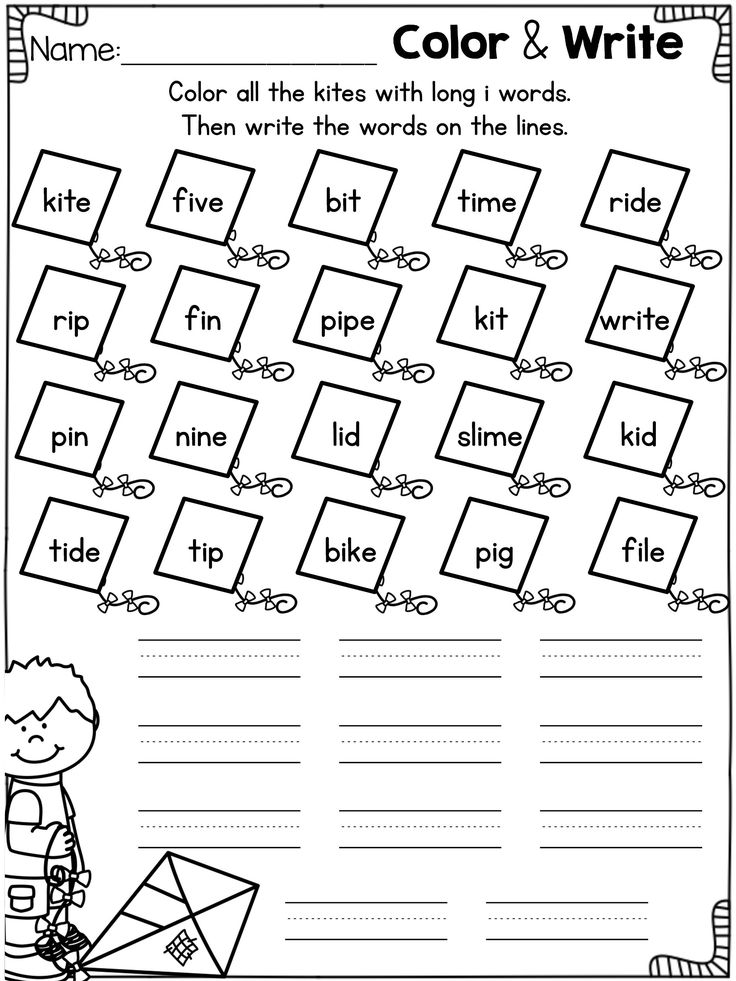
She is convinced that proper nutrition is the basis of our health and good mood. Firstly, most bacteria and viruses multiply in an acidic environment, and they die in an alkaline environment. Therefore, be sure to include fresh vegetables, herbs and fruits in your diet. Secondly, an excessive amount of refined sugar and salt in the diet contributes to the development of visceral obesity and, as a result, insulin resistance and diabetes mellitus. And this is a completely different quality of life. Thirdly, when nutrition is balanced in terms of macro- and micronutrients, the risk that a deficiency of vitamins and microelements will occur is reduced several times. And when there is a lack of, for example, iron or vitamin D, we feel depressed, constantly tired, apathetic. In addition, the deficiency of vitamins and trace elements is directly related to the work of the endocrine glands, in particular the thyroid. “In general, I recommend that the inhabitants of our country take vitamin D all year round, it not only gives a boost of energy, strong bones, but also strengthens the immune system,” adds Muzhchinina.
Endocrinologist, specialist in medical information and scientific communication, author of the scientific and educational Telegram channel Endonovosti Evdokia Tsvetkova talks about the importance of hunger: behavior to be more aggressive during fasting, thus increasing our chances of fighting for food.” According to another version, Tsvetkova explains, it's all about hormones: if glucose levels fall, the body protects the brain from starvation by actively releasing adrenaline and cortisol. They help to release glucose stores in the liver and muscles, as well as fatty acids, so that glucose enters the bloodstream and then to the brain. These are the same hormones that the body produces in situations of emotional stress, therefore, with an irregular diet, mood can worsen.
Water
One of the most famous biohackers in the world, Chris Dancy, who tracks his health indicators using 700 different devices, says in an interview that, having been doing biohacking for more than a decade, he made a simple discovery: “It turns out that we need more water than we think.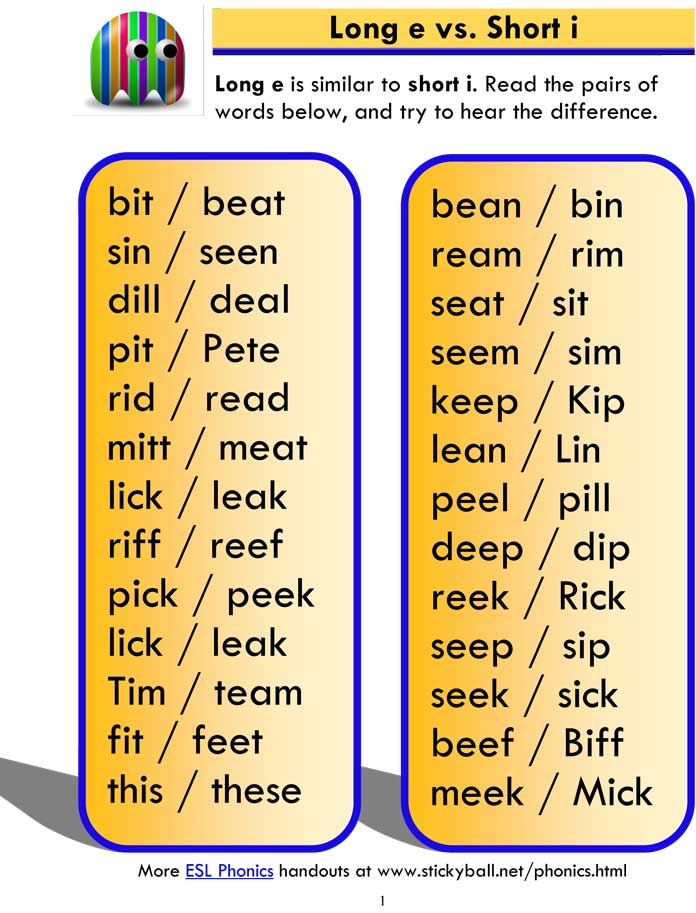 I give you my word, by doubling your usual intake of plain pure water, you will become happier, you will have more energy and desire to live. Anastasia Muzhchinina agrees with this observation: “All our organs and systems need water: the brain, circulatory system, heart, joints and every cell. And when there is not enough water, we get poisoned, dehydrated, and as a result, this affects our mood. It is especially important for women with PMS symptoms to drink water when the emotional background is unstable.”
I give you my word, by doubling your usual intake of plain pure water, you will become happier, you will have more energy and desire to live. Anastasia Muzhchinina agrees with this observation: “All our organs and systems need water: the brain, circulatory system, heart, joints and every cell. And when there is not enough water, we get poisoned, dehydrated, and as a result, this affects our mood. It is especially important for women with PMS symptoms to drink water when the emotional background is unstable.”
Dream
Even at the simplest sensory level, we notice that, without enough sleep, we are ready to go to war against the whole world. The concept of "healthy sleep" includes two indicators: the duration of sleep and its quality. An adult needs about seven to eight hours. But even more important, sleep efficiency is an integral indicator, which includes the presence of a deep sleep phase (delta sleep). There is also a phase of light sleep and a paradoxical phase in which dreams come to us.
However, not only the quality of sleep can affect mood, but vice versa: the most common form of insomnia (doctors use this term, it’s not entirely correct to say “insomnia”) is acute, which is most often caused by emotional stress. In the practice of somnology, there is such a thing as "sleep hygiene" - elementary actions to normalize one's sleep, because one way or another, every person encounters sleep disorders. Somnologist, Associate Professor of the Department of Nervous Diseases and Neurosurgery at Sechenov University, author of the book “Mysteries of Sleep. From insomnia to lethargy, Mikhail Poluektov talks about the simplest preventive measures that will help improve the quality of sleep. First of all, the regime is important: you need to go to bed and get up at the same time every day. In case of violation of the regime, it is recommended to restore it as soon as possible.
An hour before bedtime, it is better to limit violent mental activity, as well as physical activity.